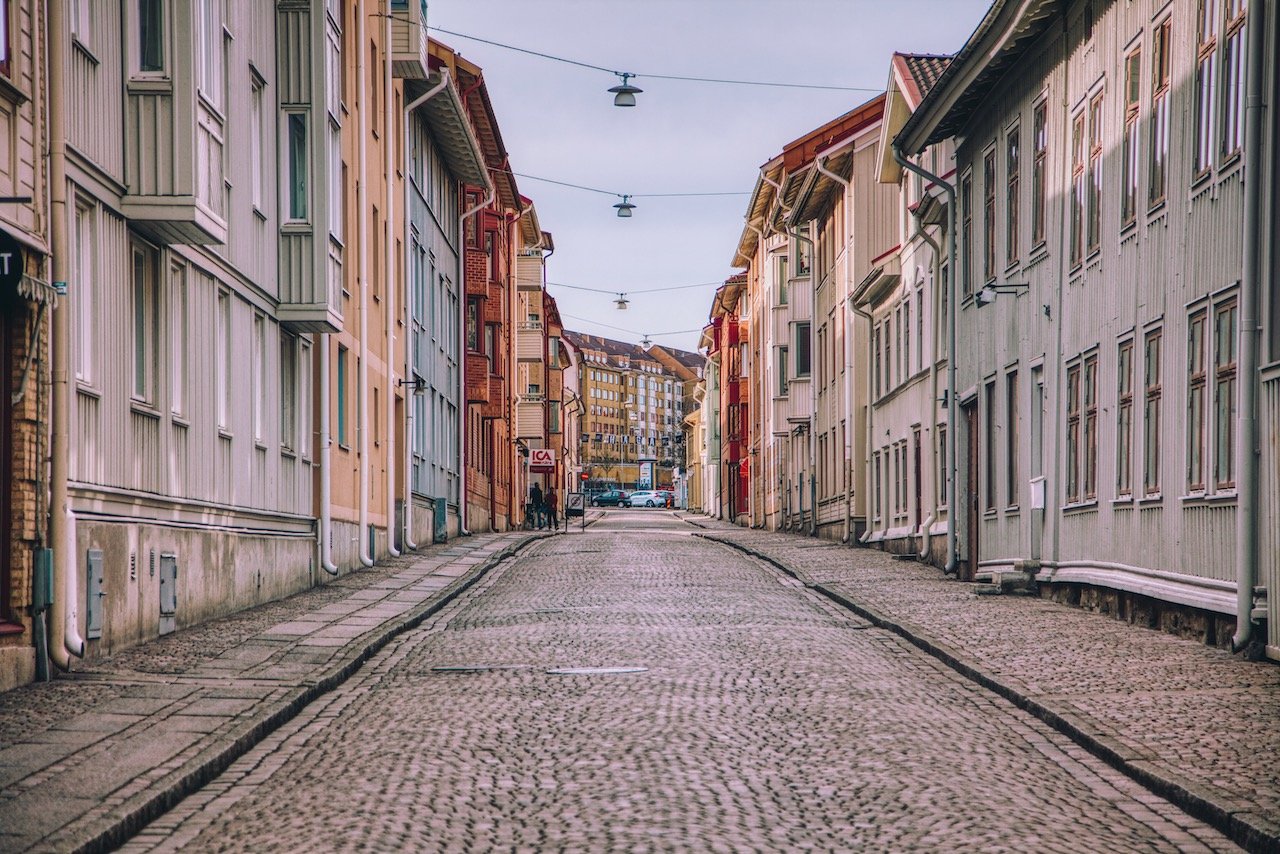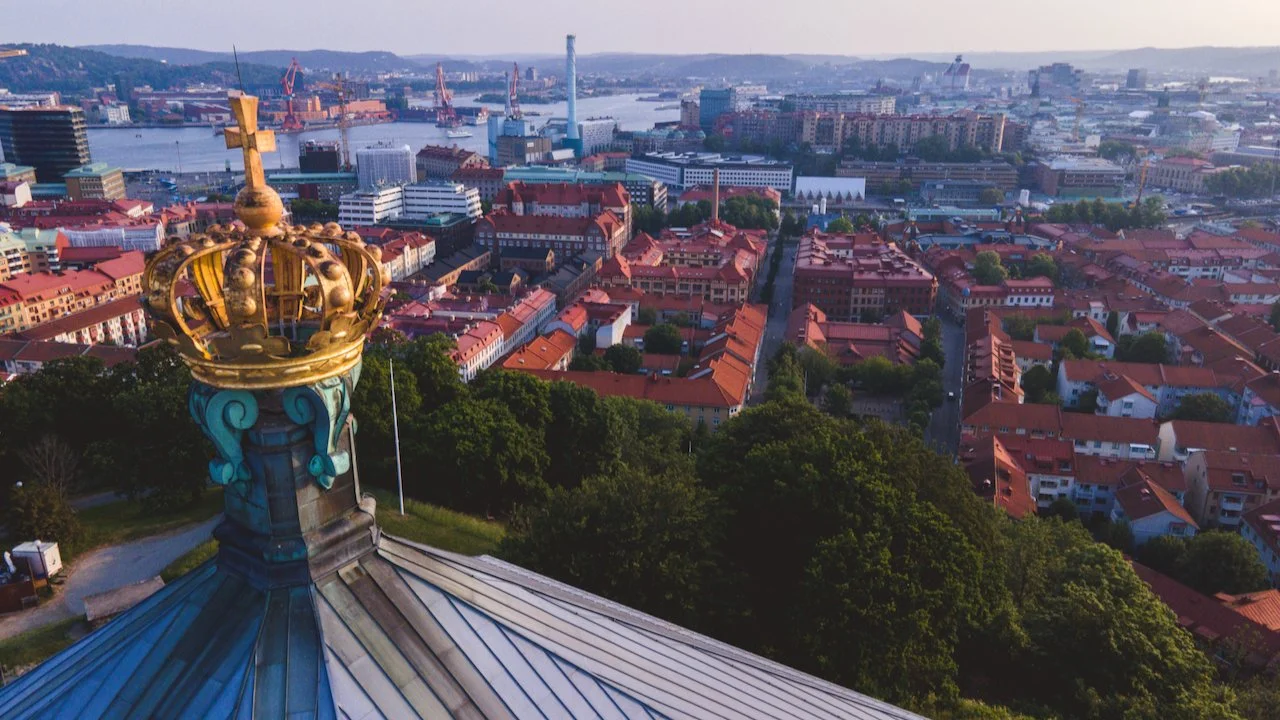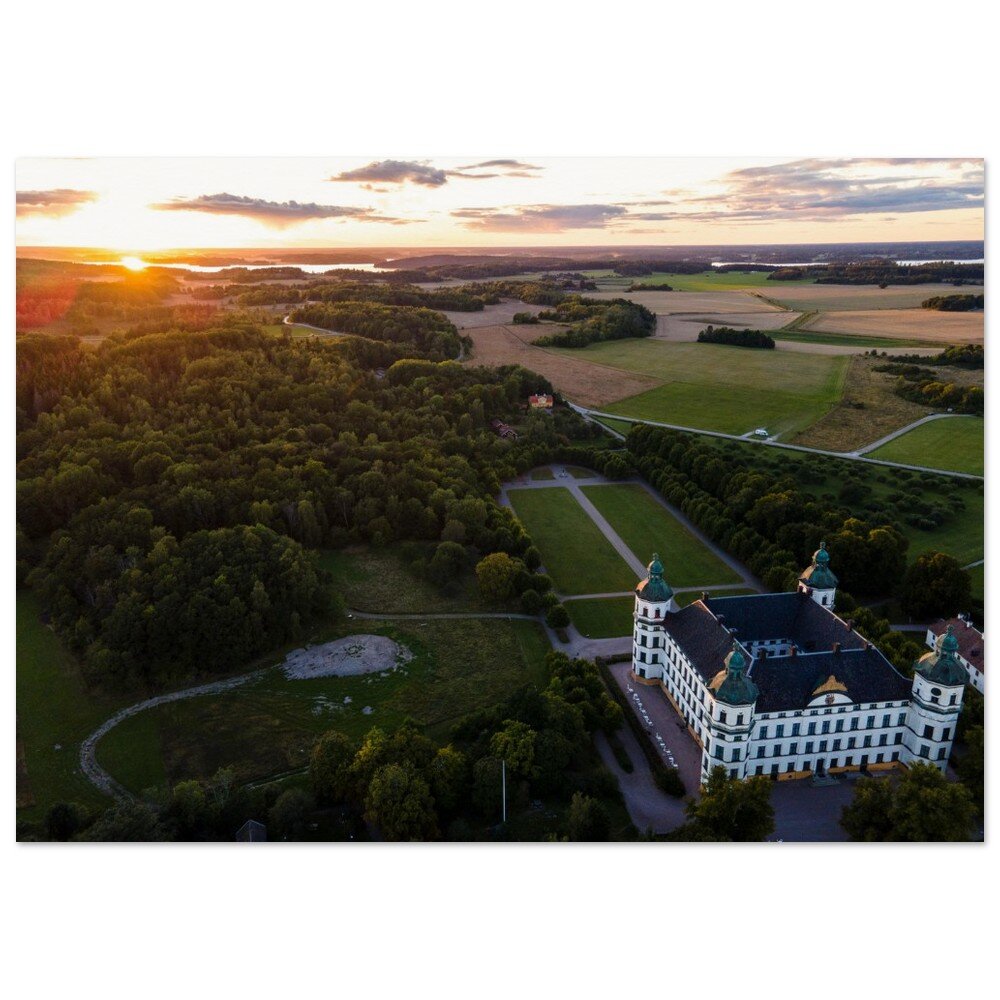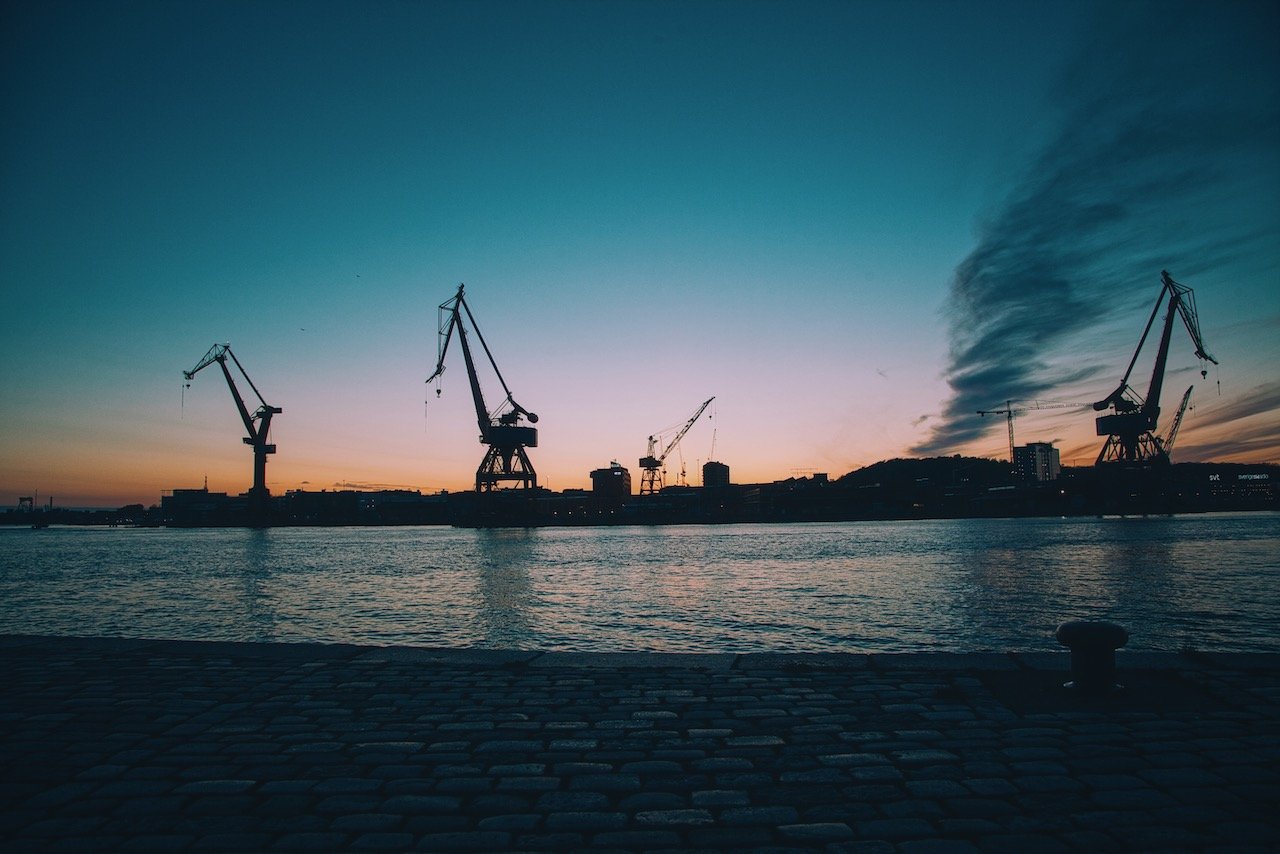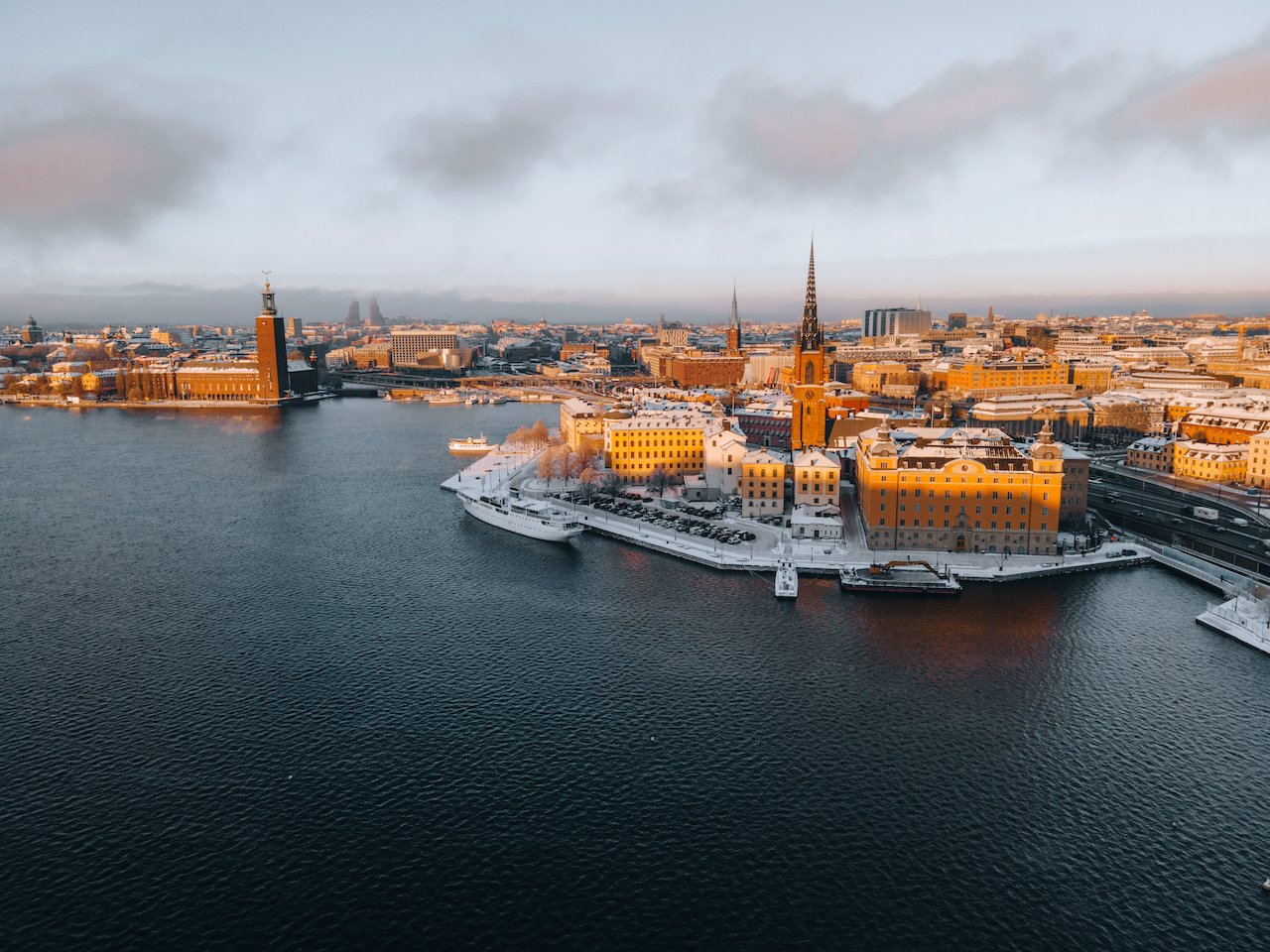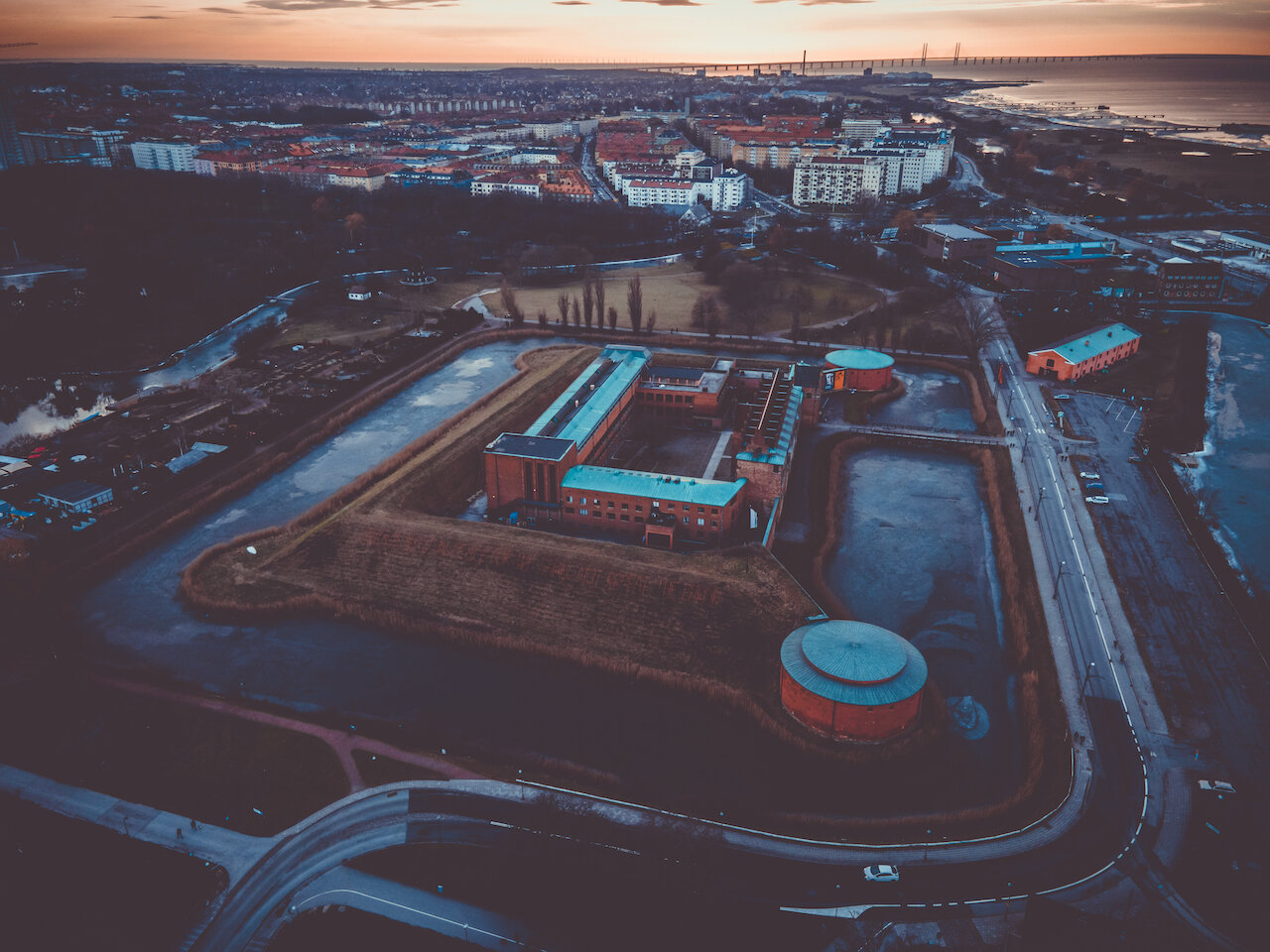A Tour of Gothenburg: Sweden's 2nd Largest City
(Some links in this post are affiliate links. If you click through and take action, I'll be compensated.) If you are also interested in any PRINTS from any of my posts, be sure to check out my store where you can buy prints as posters, in metal/wooden frames or on canvas.
It’s usually the capitals of any country that tend to overshadow the other cities in the nation. The relationship between Stockholm (What to see and do in Stockholm) and Gothenburg in Sweden is no different, however the feel and vibe of both cities, couldn’t contrast more. Gothenburg is Sweden’s 2nd most populous city, located on the west coast of the country and within close proximity to Norway (to the north) and Denmark (to the south).
This strategic location makes Gothenburg the largest port in all the Nordic countries. From here, you can take ferries to Germany (Kiel) and Denmark (Frederikshavn). (There used to be a ferry crossing between Gothenburg and the UK, however that is now only reserved for freight, womp womp). Luckily, you can also access the city easily by train from its nordic neighbours and from Stockholm using SJ.
Considered to be the ‘biggest little city’ in Sweden, Gothenburg is easy to navigate (by tram and buses), and offers plenty of attractions to take in as a weekend (or longer) visitor. Furthermore, the archipelago just off the coast provides an excellent escape to those wishing to flee the city noise (more on this below). You can find a Google map of the places I will discuss at the end of this post.
Check out my drone video below on Gothenburg, Sweden!
You can also check out my blog posts about other Swedish cities:
Stockholm (Blog Post Title: Why Stockholm is the best Scandinavian capital)
Stockholm Tunnelbana (Blog Post Title: The World’s Longest Art Gallery - Riding on the Stockholm Tunnelbana)
Uppsala (Blog Post: Uppsala: the hidden gem just North of Stockholm)
Helsingborg (Blog Post: Just a few reasons to see Helsingborg in the South of Sweden)
Malmö (Blog Post: Take a weekend break in Malmö, Sweden)
Lund (Blog Post: A Day tour of the university town of Lund)
Kalmar (Blog Post: Kalmar: The town you should know more about in Sweden)
Öland (Blog Post: A Day Tour of the Swedish island of Öland)
Marstrand (Blog Post: A day trip to the Swedish island of Marstrand)
Swedish Castles (Blog Post: A Tour of Sweden’s Coolest Castles)
Fårö (Blog Post: A Guide to the Swedish Island of Fårö)
Visby (Blog Post: A Closer Look at the Hanseatic Town of Visby)
Gotland (Blog Post: A Guide to the Swedish Island of Gotland)

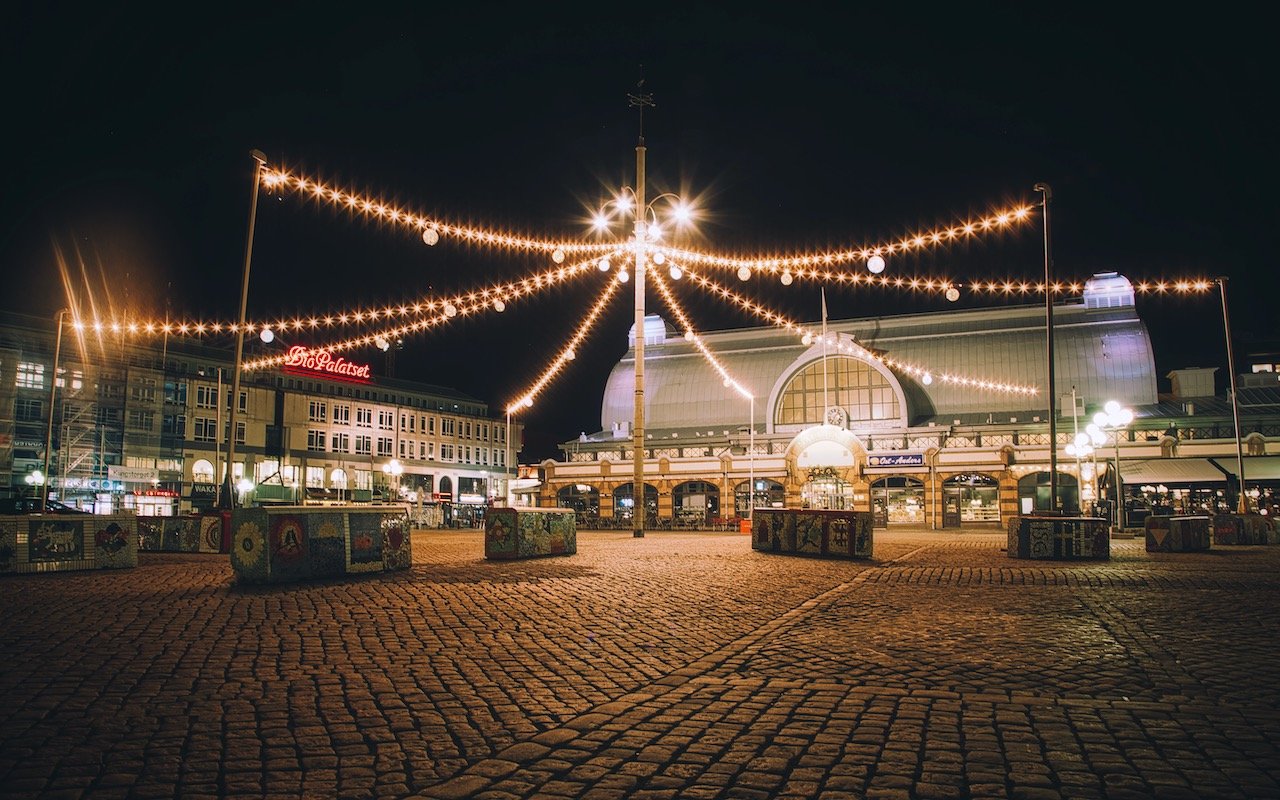
Before getting here, consider downloading the Västtraffik app on your phone. The app provides route maps and other information, but most importantly, you can also purchase transportation tickets through it. Better yet, if you plan on staying in Gothenburg for at least 2 days, consider purchasing 3 day Gothenburg pass (280 SEK/Adult). This covers transport on buses/trams/ferries throughout the Gothenburg area. This is especially convenient when taking the ferries between the different islands in the archipelago as that transport is included as well.
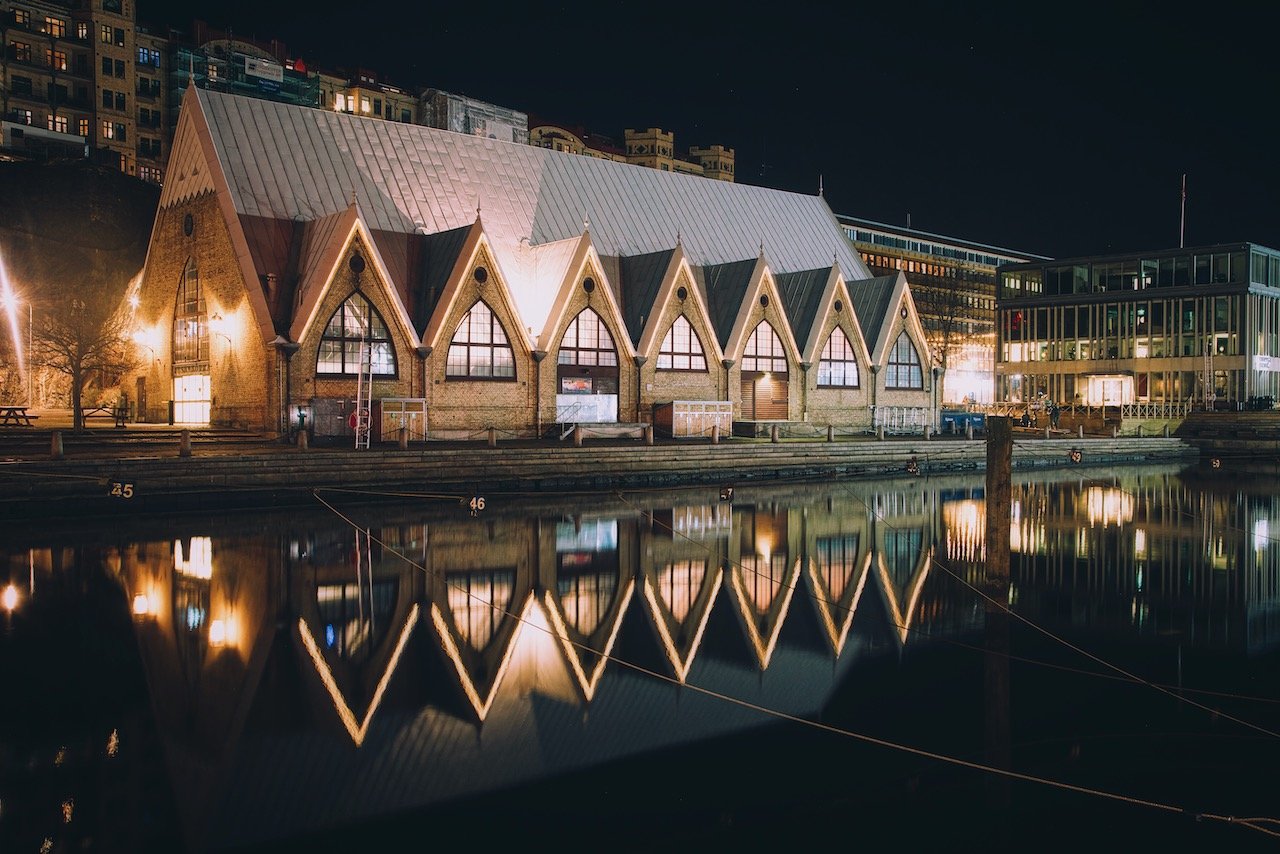
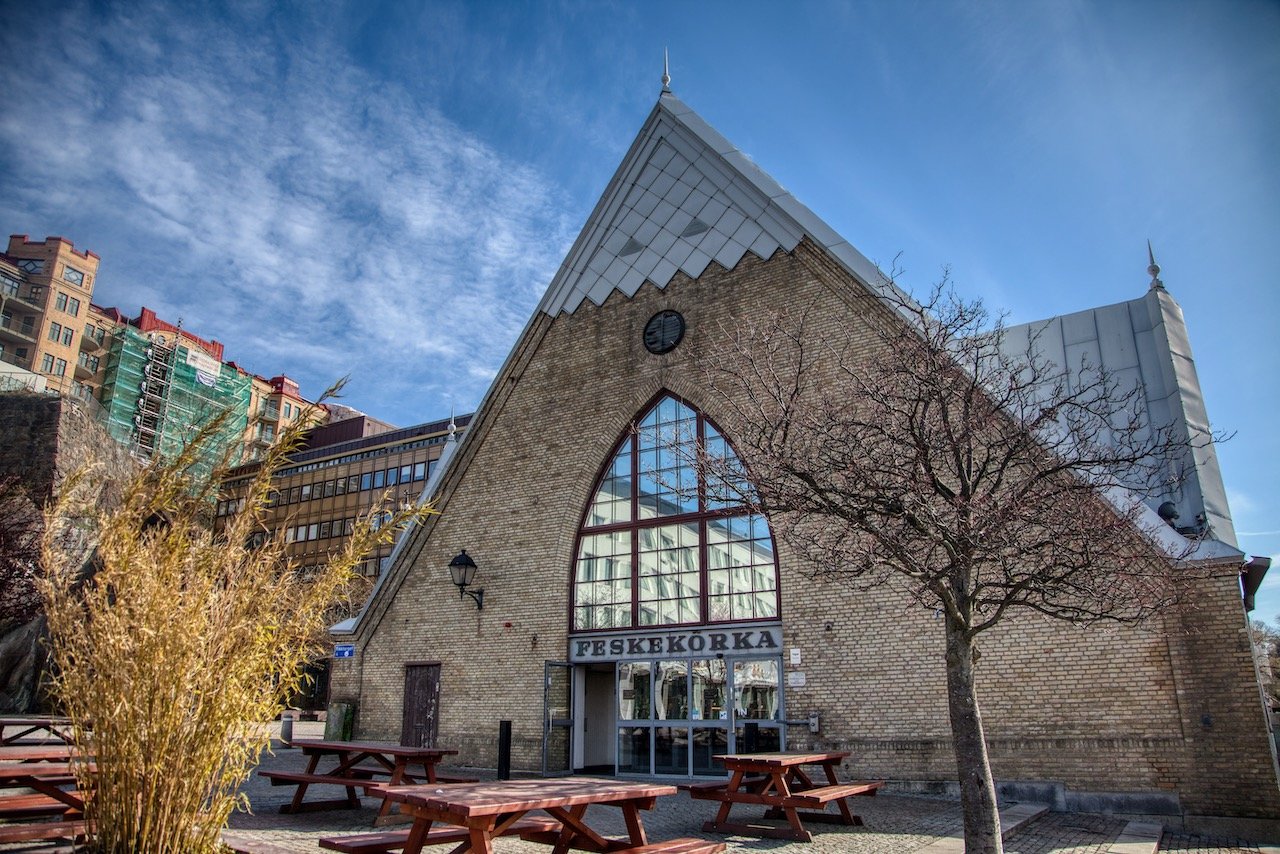
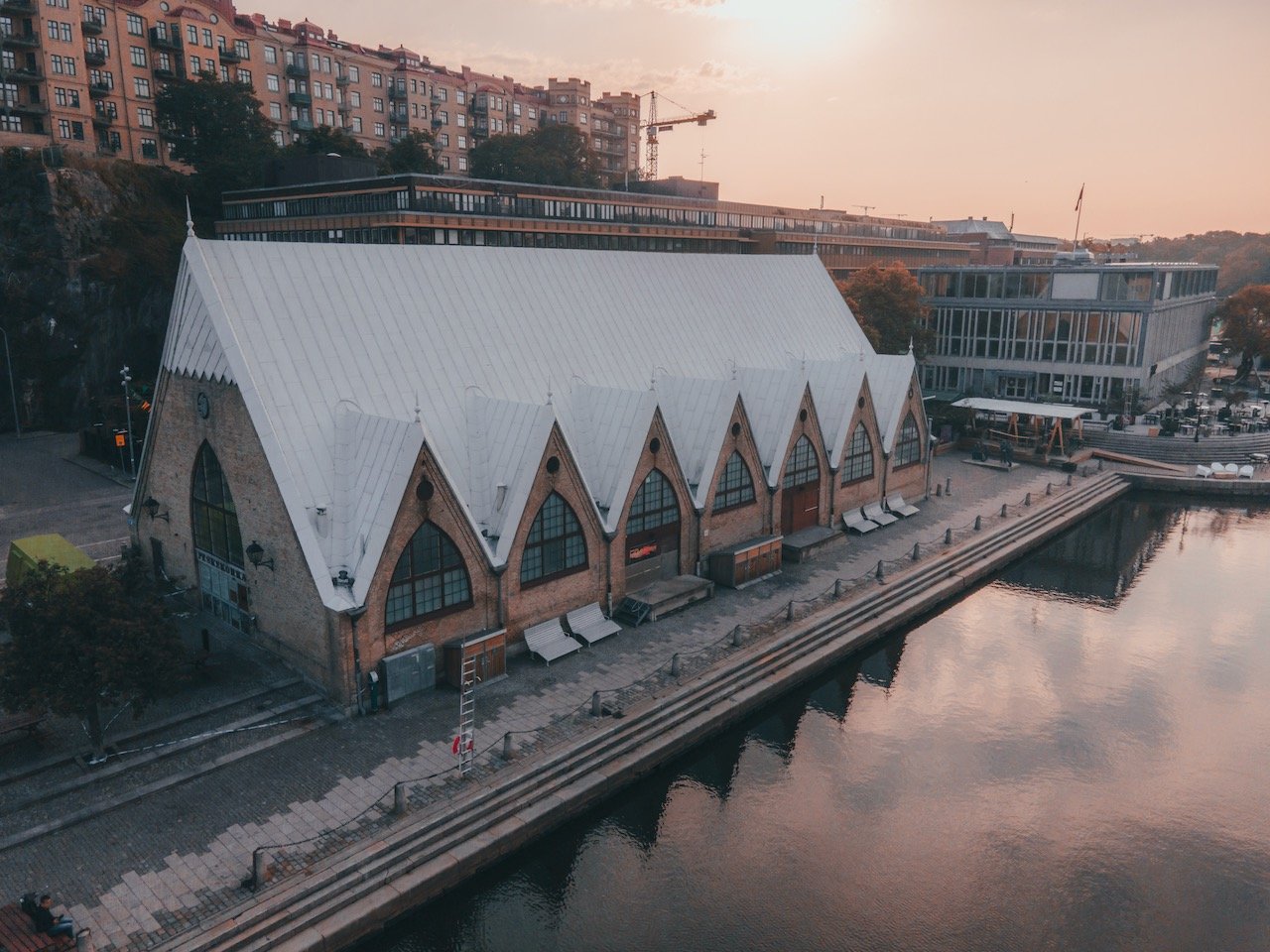
If arriving by train at night, you will immediately be greeted upon the very photogenic exterior facade of the Central Station. This is the oldest rail station that is still in use in all of Sweden, first opened in 1858. It makes for perfect long exposure photos with the traffic passing by. Another photogenic building in Gothenburg, especially at night, is Feskekörka, located on the Rosenlund Canal. This building functions as a fish market by day. The name Feskekörka means ‘fish church’, aptly named after its Neo-gothic church-like appearance.
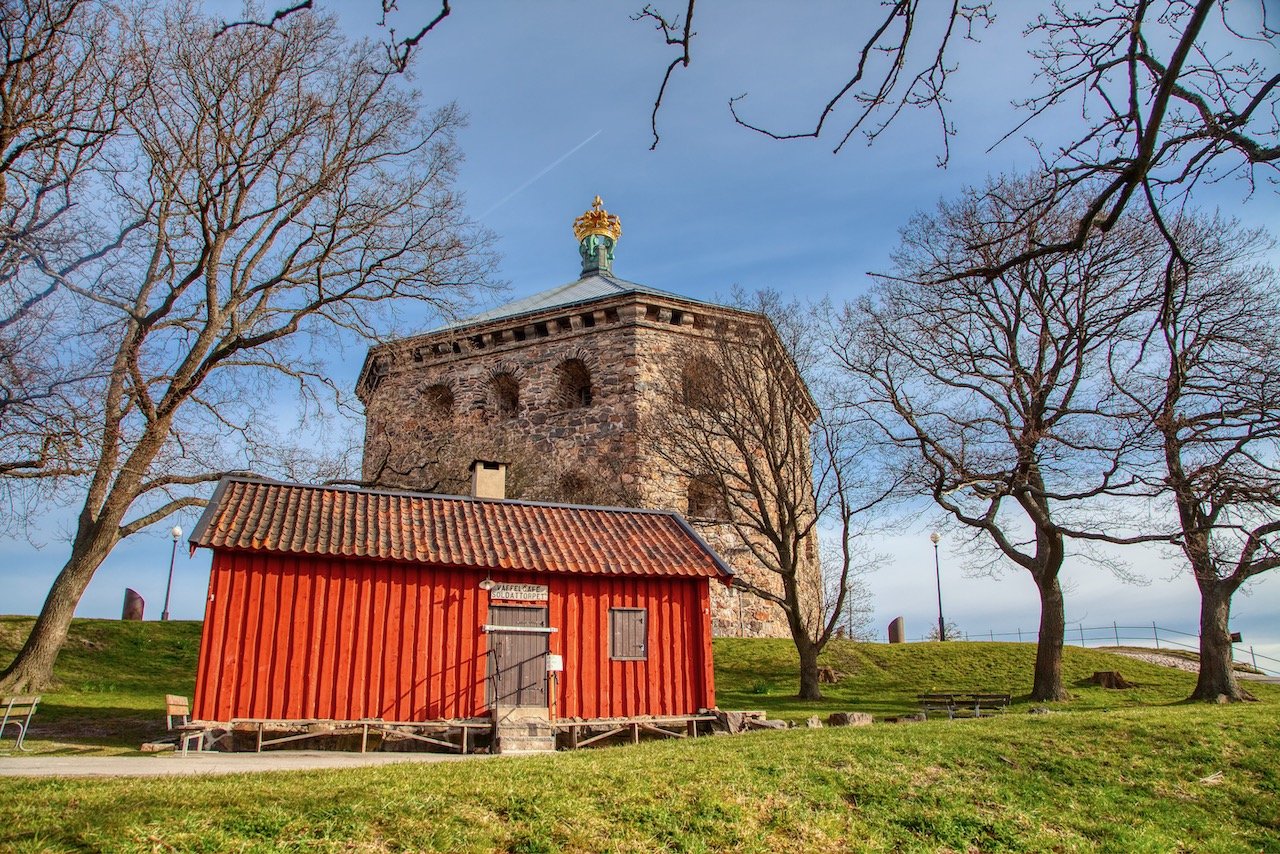
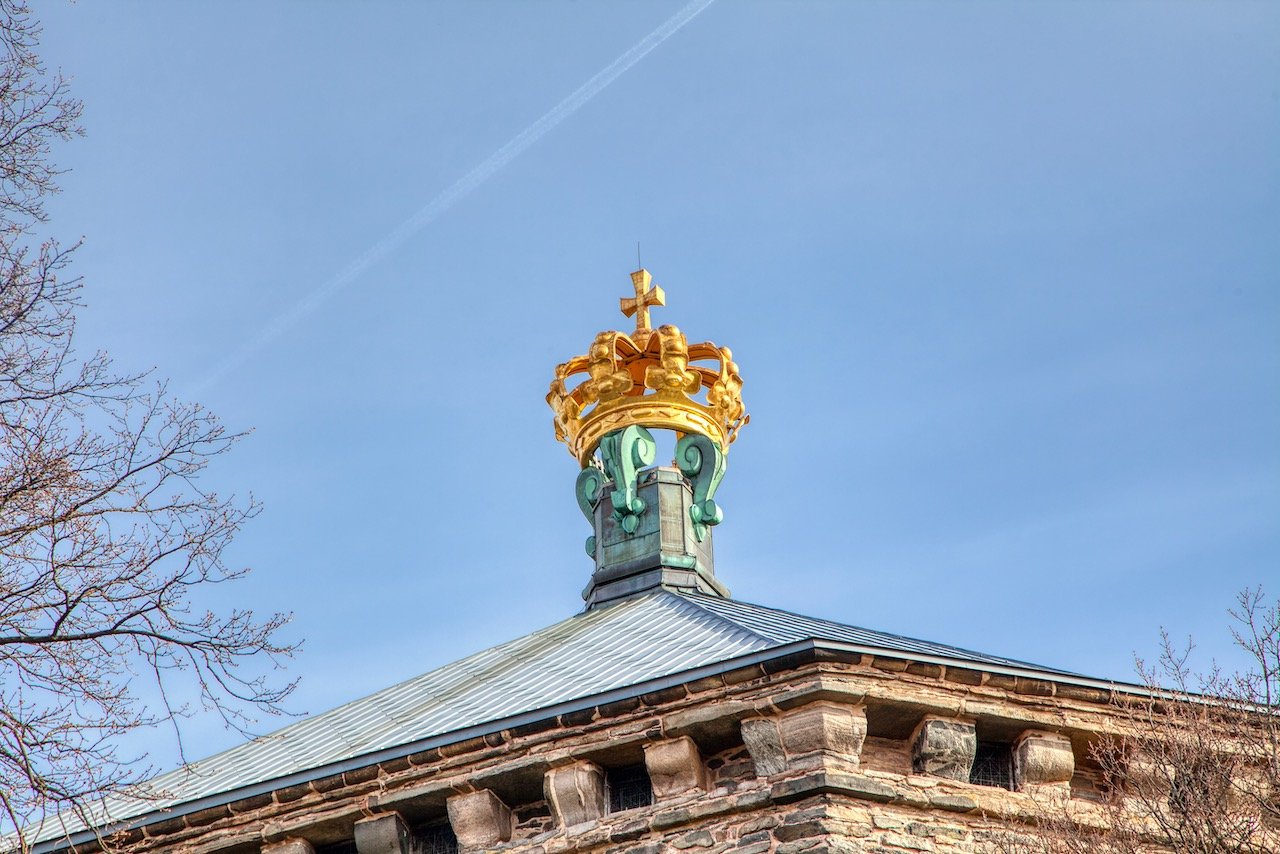

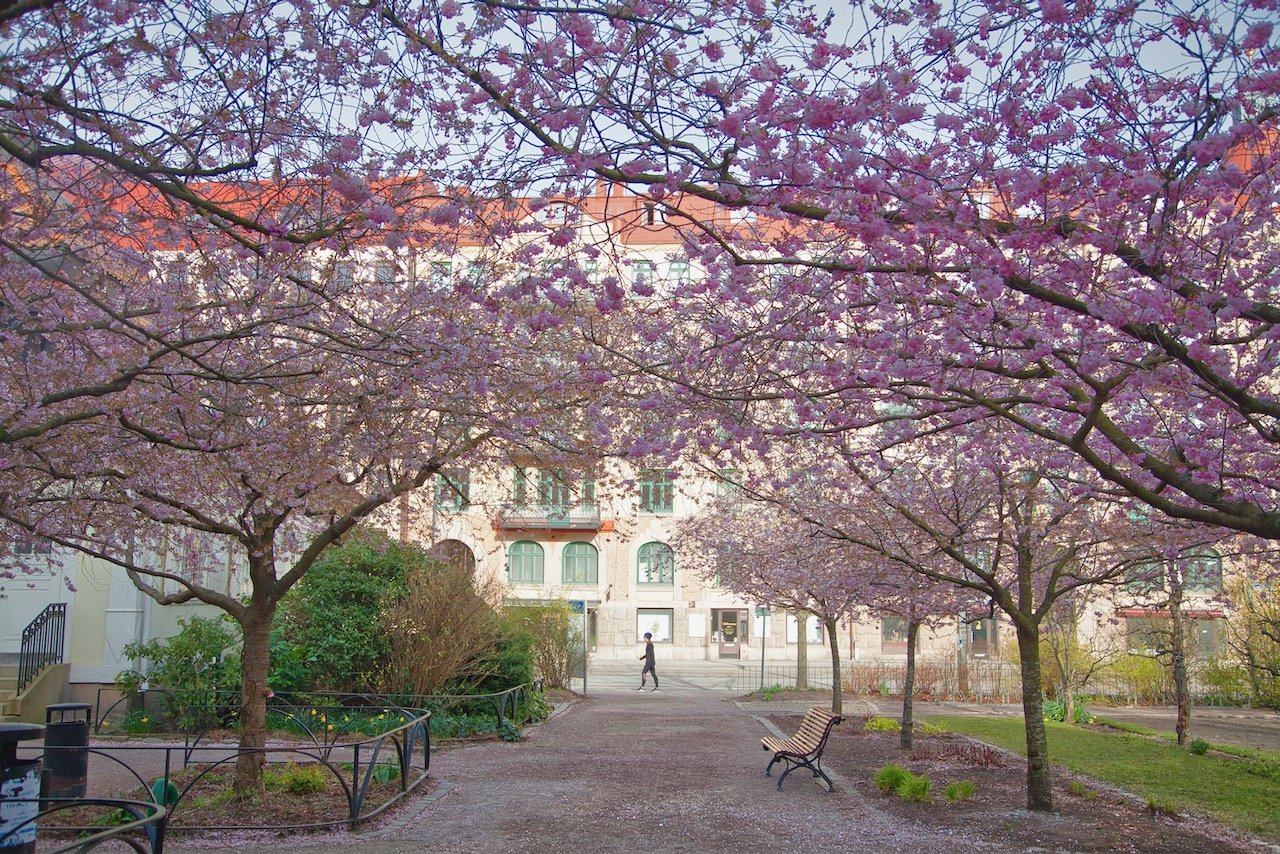
One your first full day in the city (if the weather cooperates), I recommend making a short hike up to Skansen Kronan, a redoubt (fort) built as a defense against possible attacks from the Danish to the South of the city. Because of this strategic location, you can expect to have excellent sweeping views over most of Gothenburg. This is best enjoyed in the morning as you’ll have a good chance of having the place to yourself (also great for sunrises and sunsets).
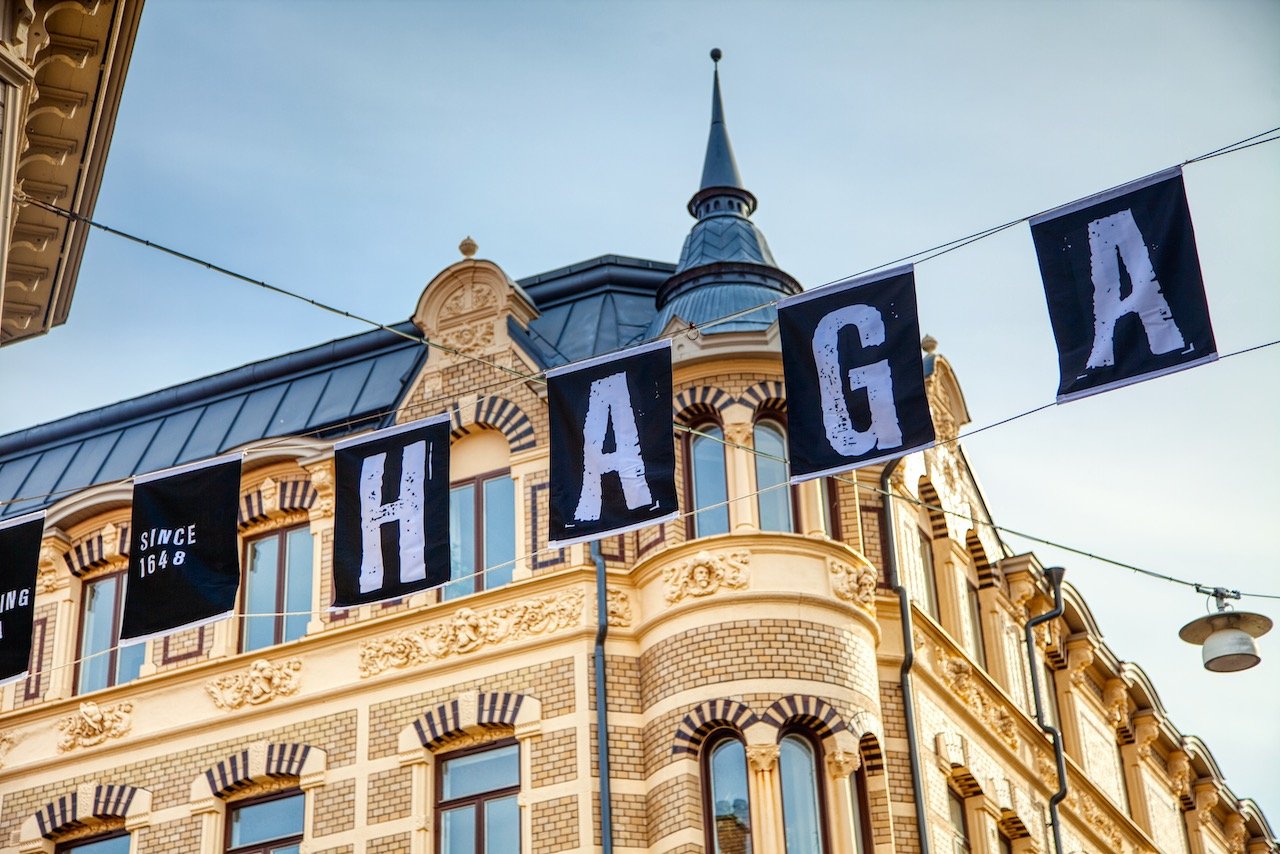
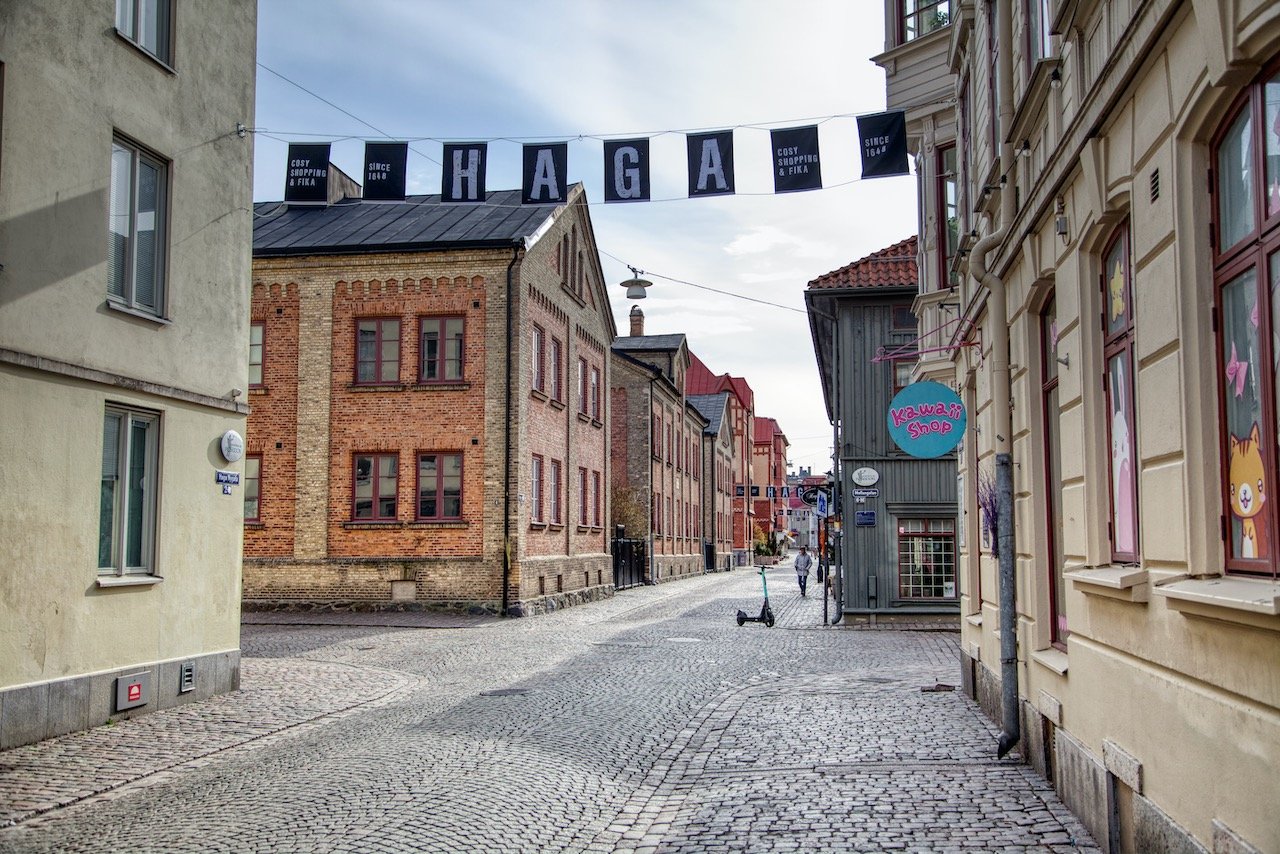
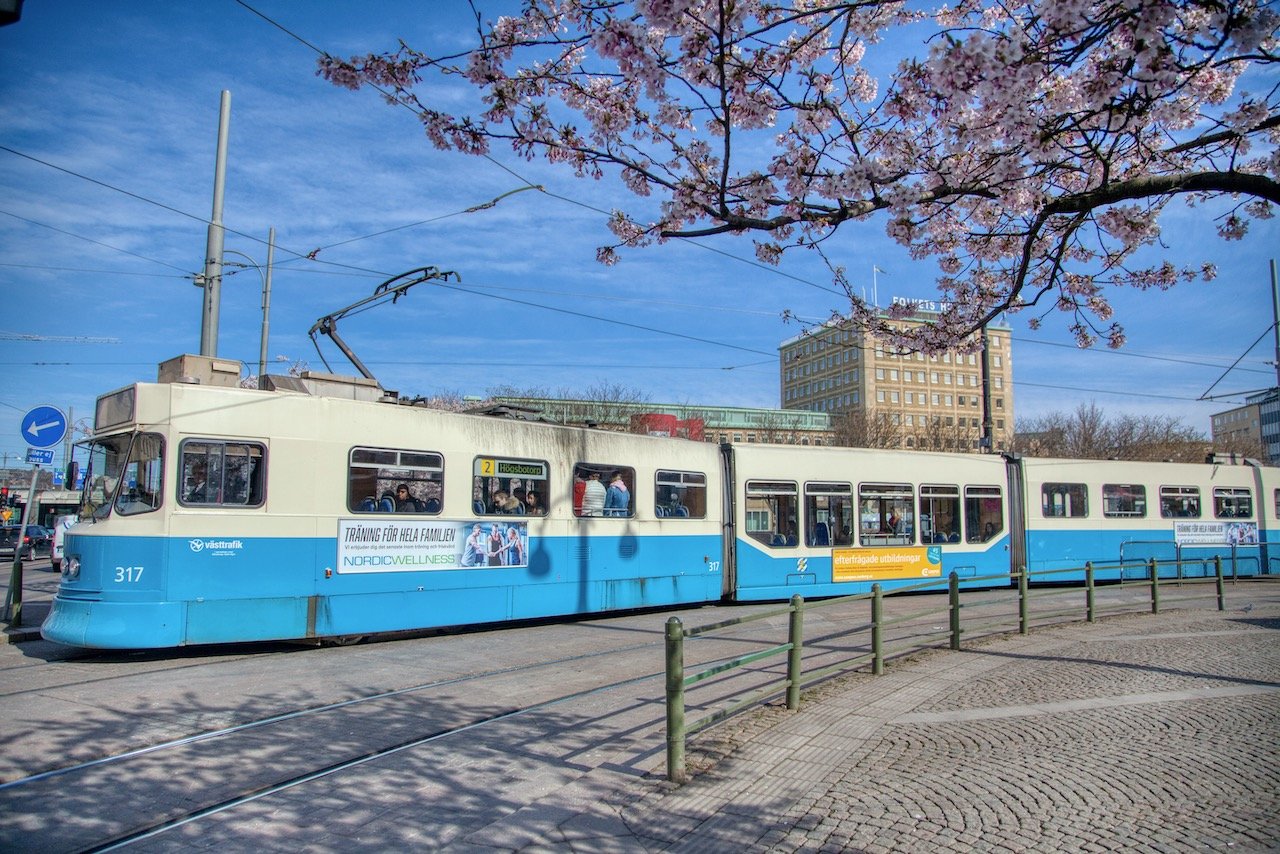
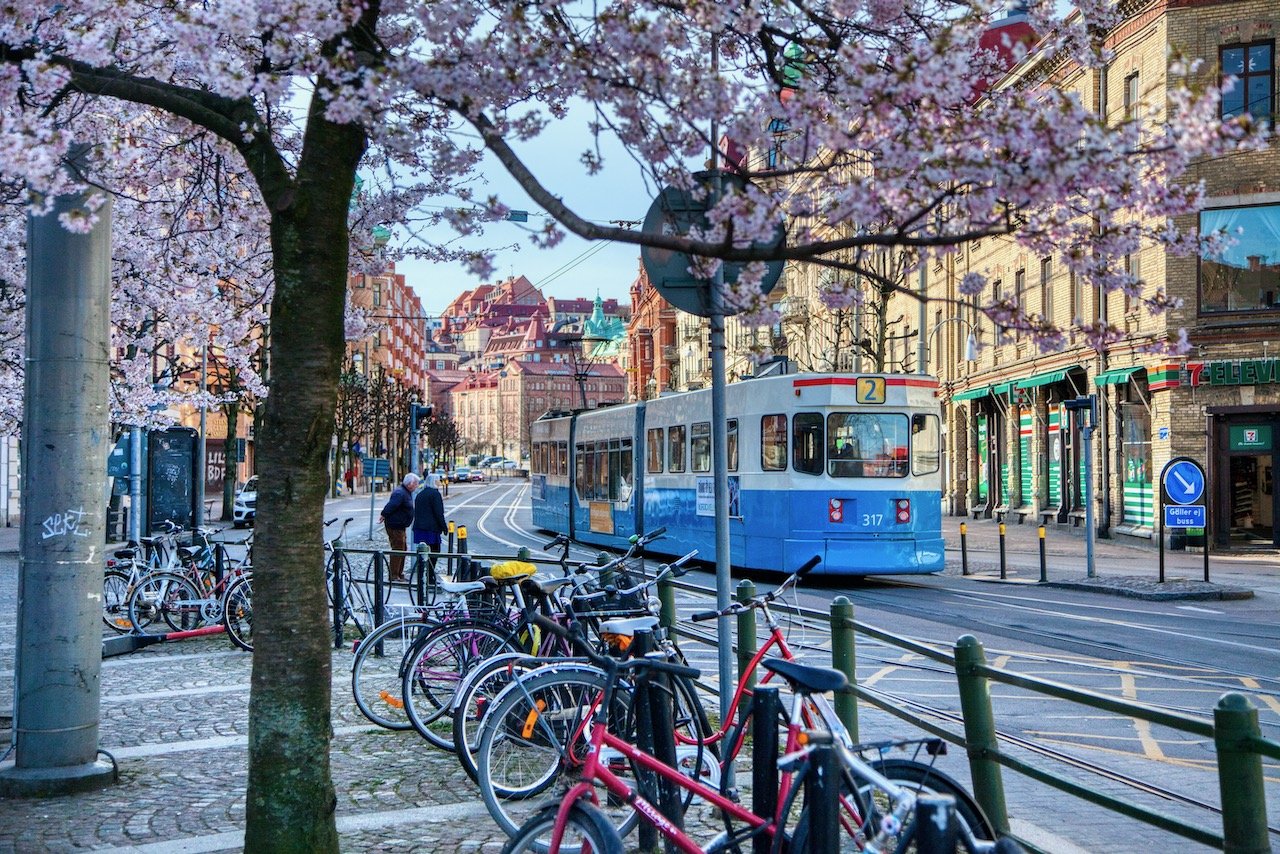
Nearby is also a small park named Seminarieparken, located a short walk away from Skansen Kronan. This park is idyllic and peaceful, containing statues/sculptures, benches to relax on and if you time it just right (early to late April), you can view the blooming cherry blossom trees here too. Slottsskogen is a mix between a park and a natural forest and is the go to place for outdoor activities (think picnics and early morning runs). Two notable attractions within the forest are Slottskogsobservatoriet and the Gothenburg Natural History Museum. Cafes and restaurants can also be found in Slottsskogen.
If you like some of my photos that you have come across, just know that I have many prints showcasing a variety of landscapes in Sweden, available for purchase below! (Sold as Posters, Canvas, or in Metal-Frames and Wooden-Frames).
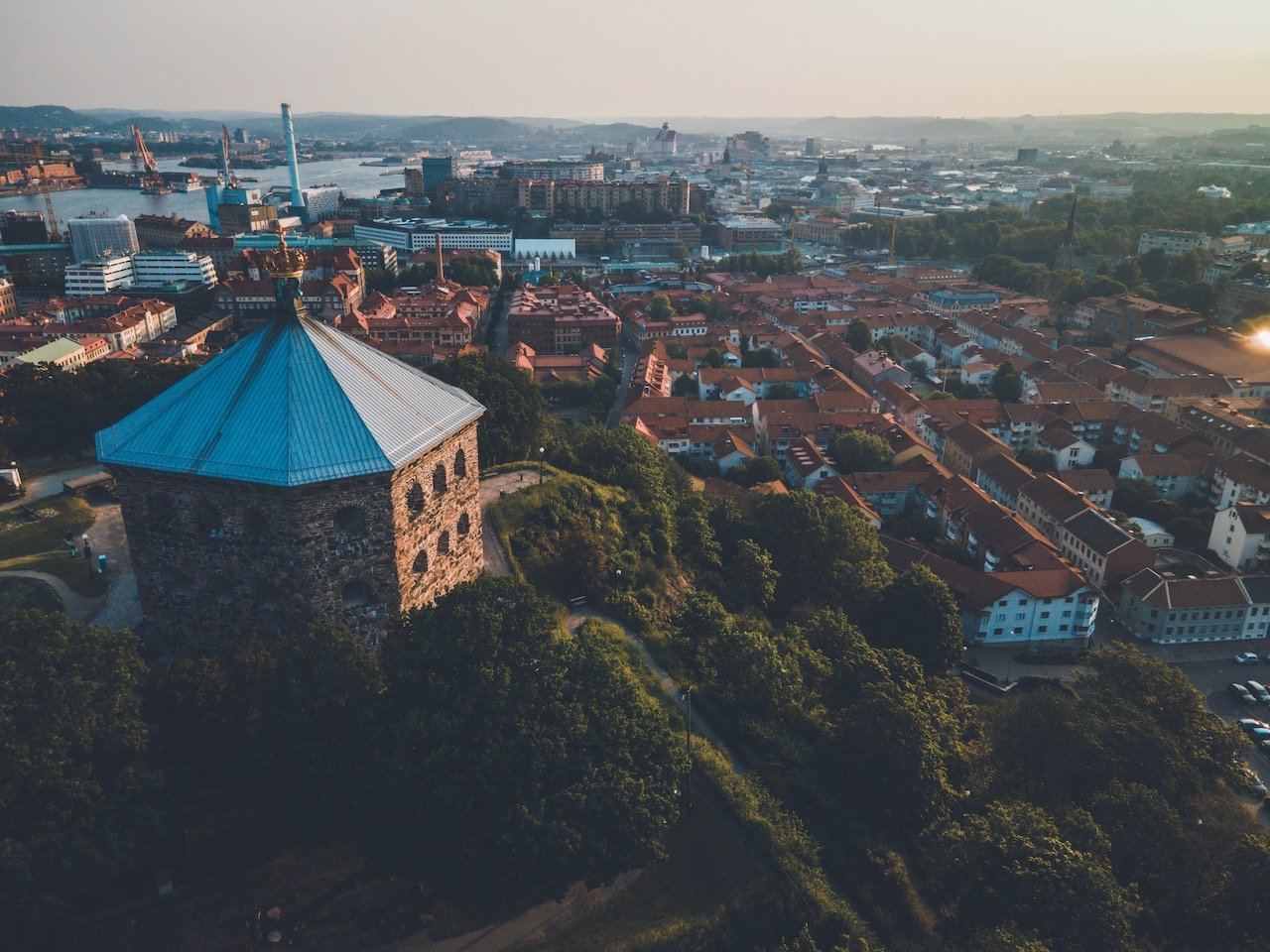
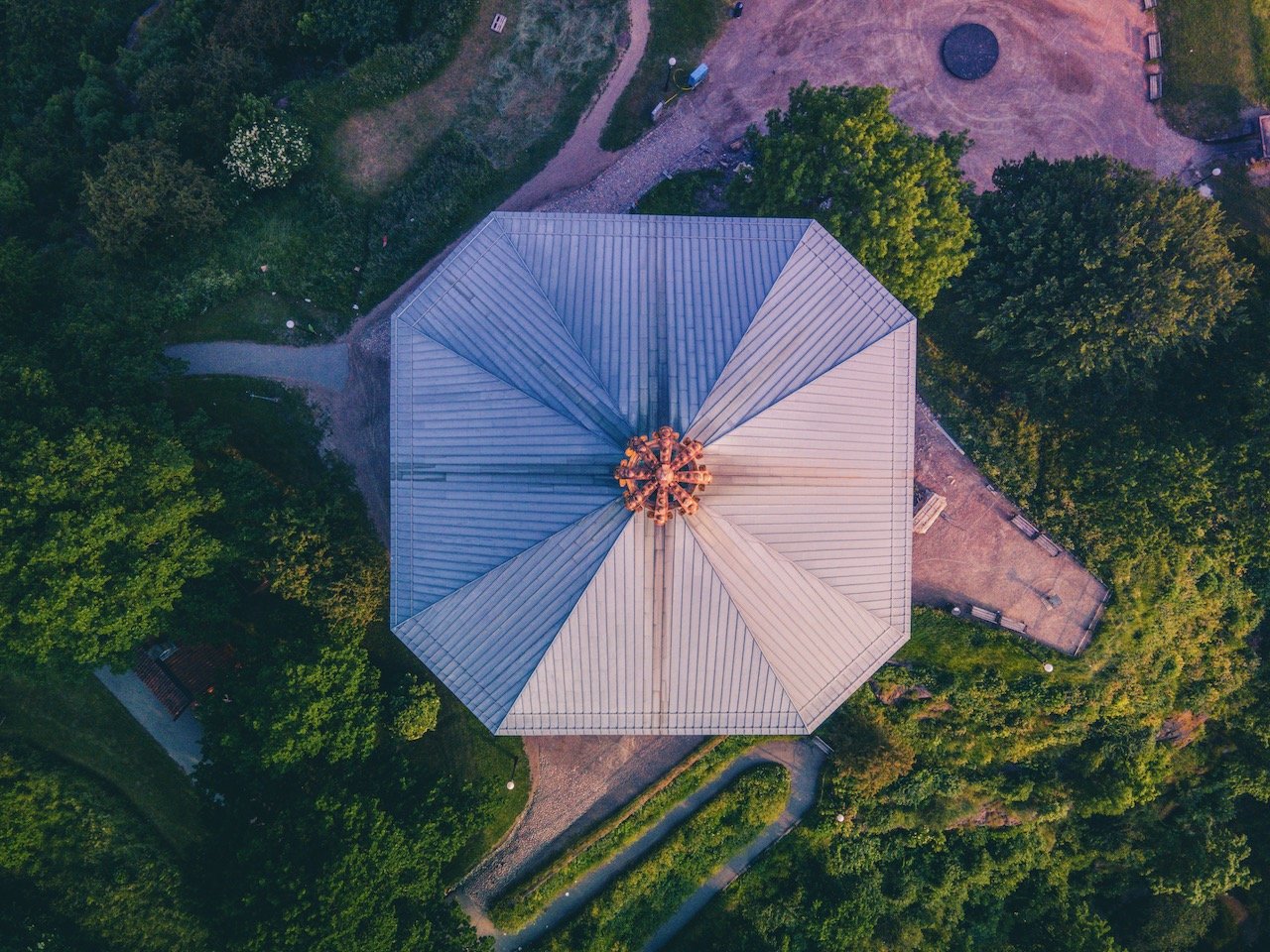
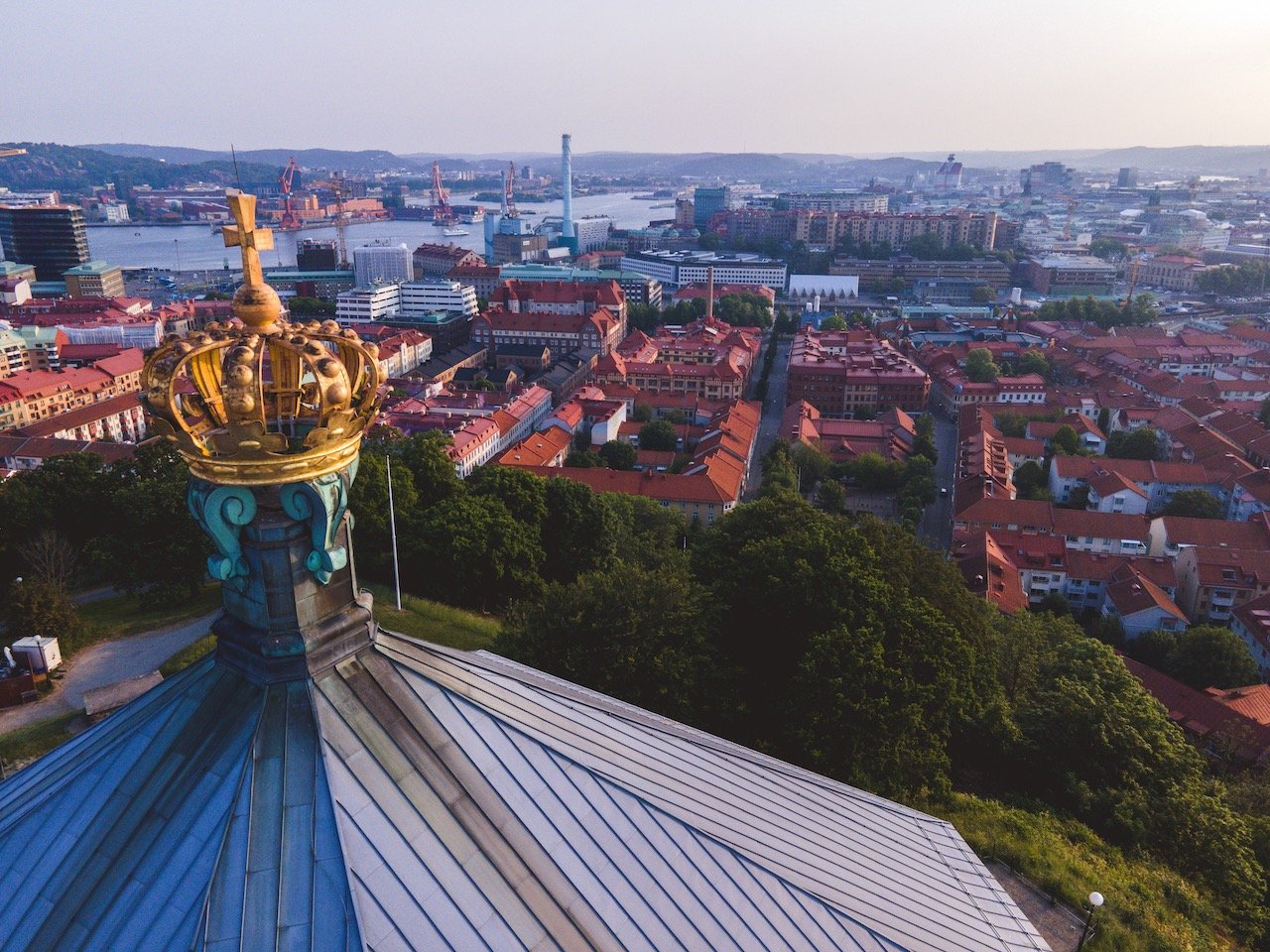
Also around the corner from Skansen Kronan, is a charming neighborhood called Haga. If you don’t know where you want to eat, go to Haga, if you don’t know where to grab coffee, go to Haga, if you want to find boutique style shops, go to Haga…you get the idea. This area is composed of traditional wooden buildings with an artsy feel that spans just a few city blocks. It’s central location and large variety of cafes/restaurants make it a great place to start off your days in Gothenburg again and again.
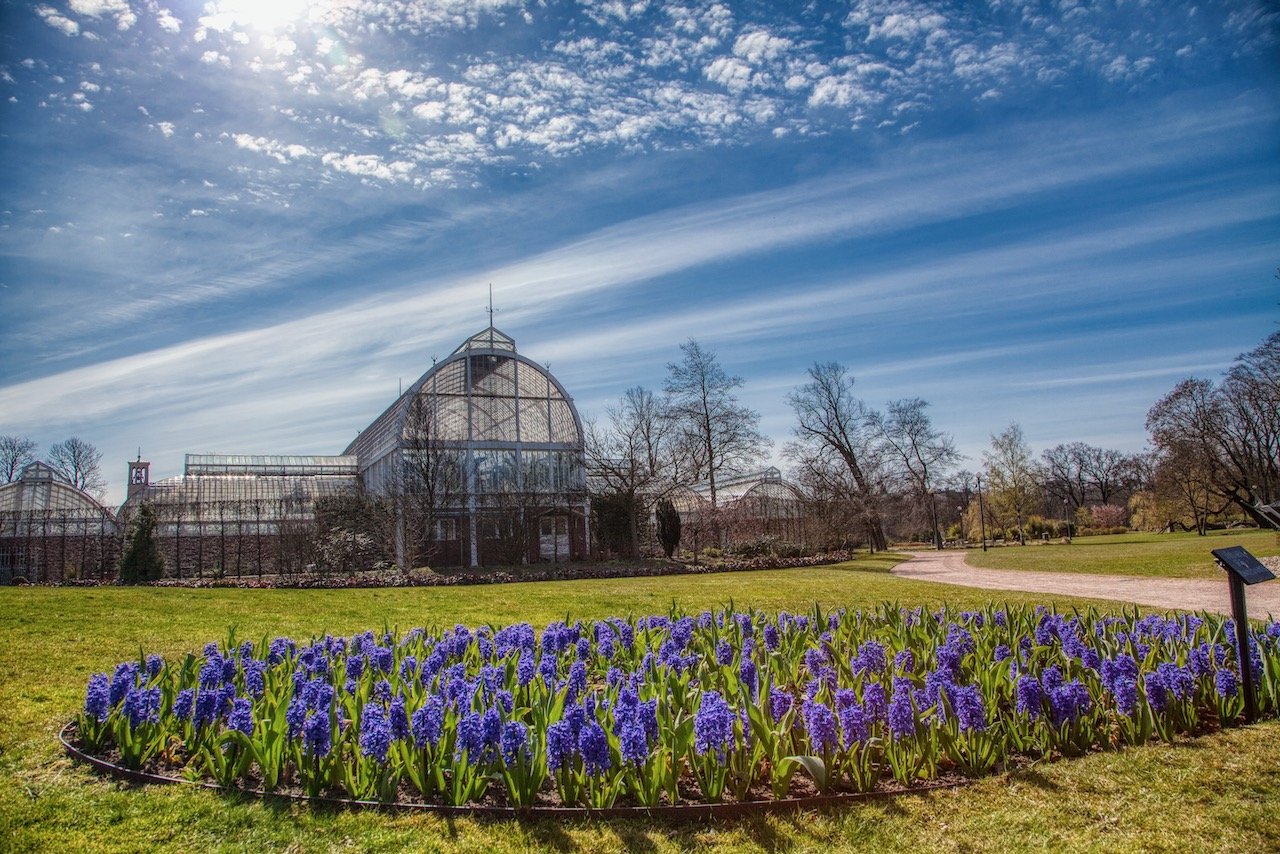
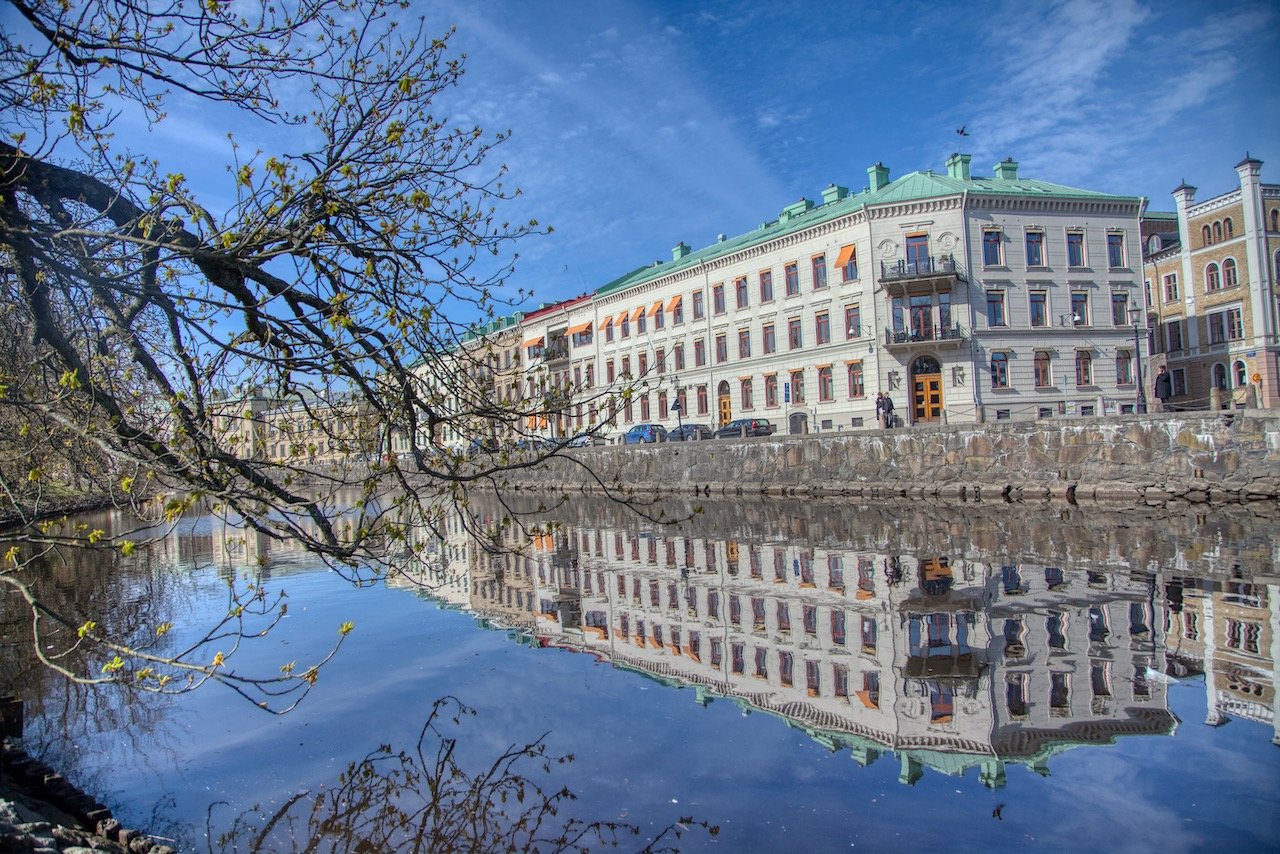
Personally, my favorite coffee shop (which is also a bar, restaurant, and lounge by evening/night), is Foo Cafe, great for just about any social occasion and located just outside of Haga. Other places worth checking out include Guldhedstornets Café and Heaven 23, the latter being an upscale restaurant with sweeping city views over food and cocktails.
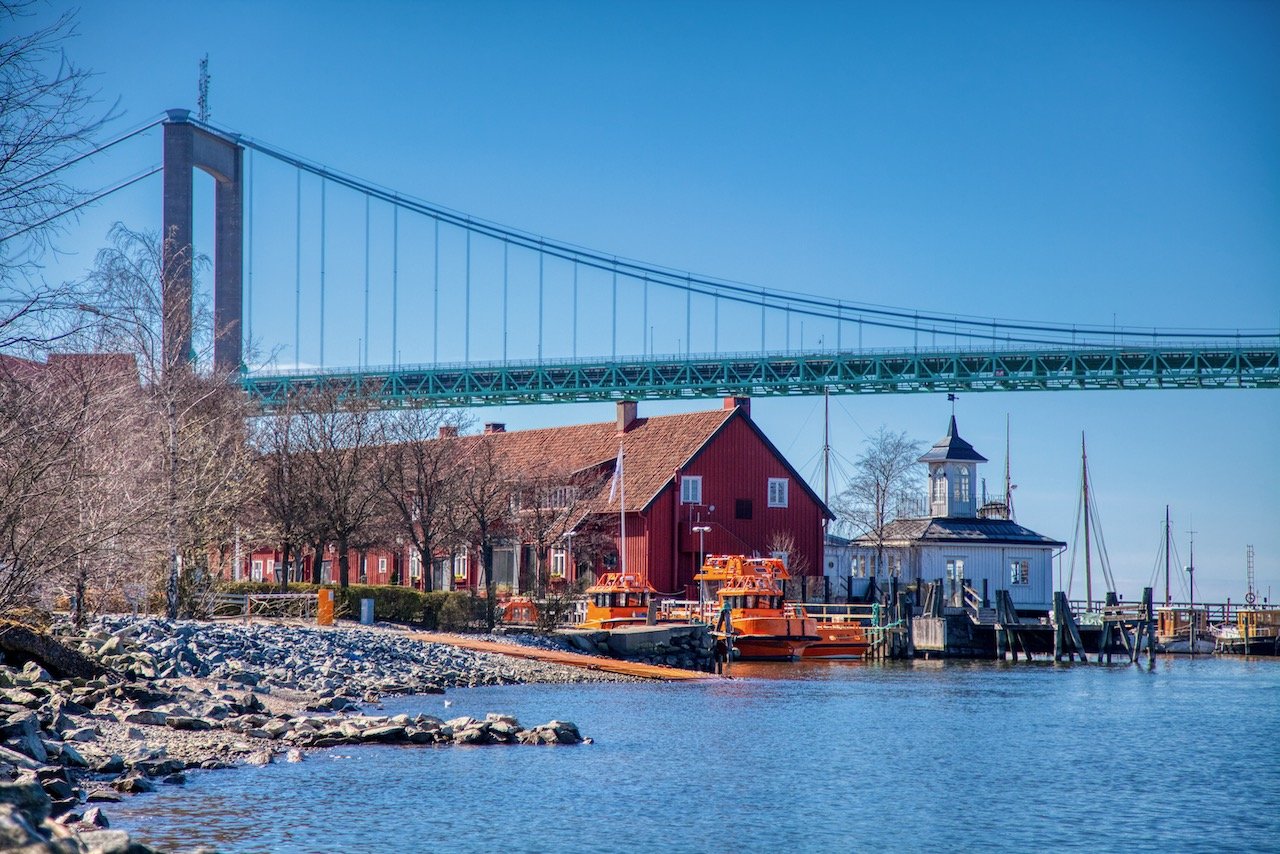
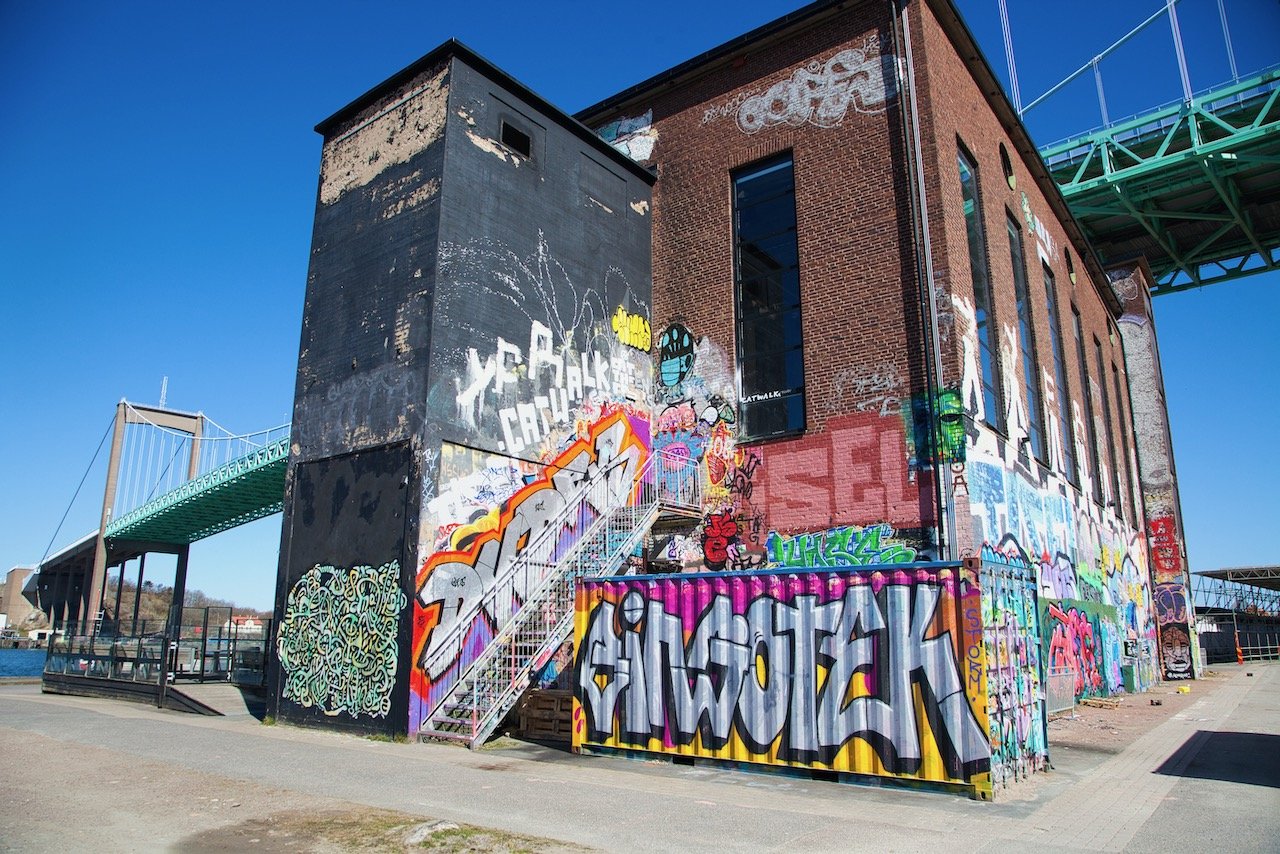
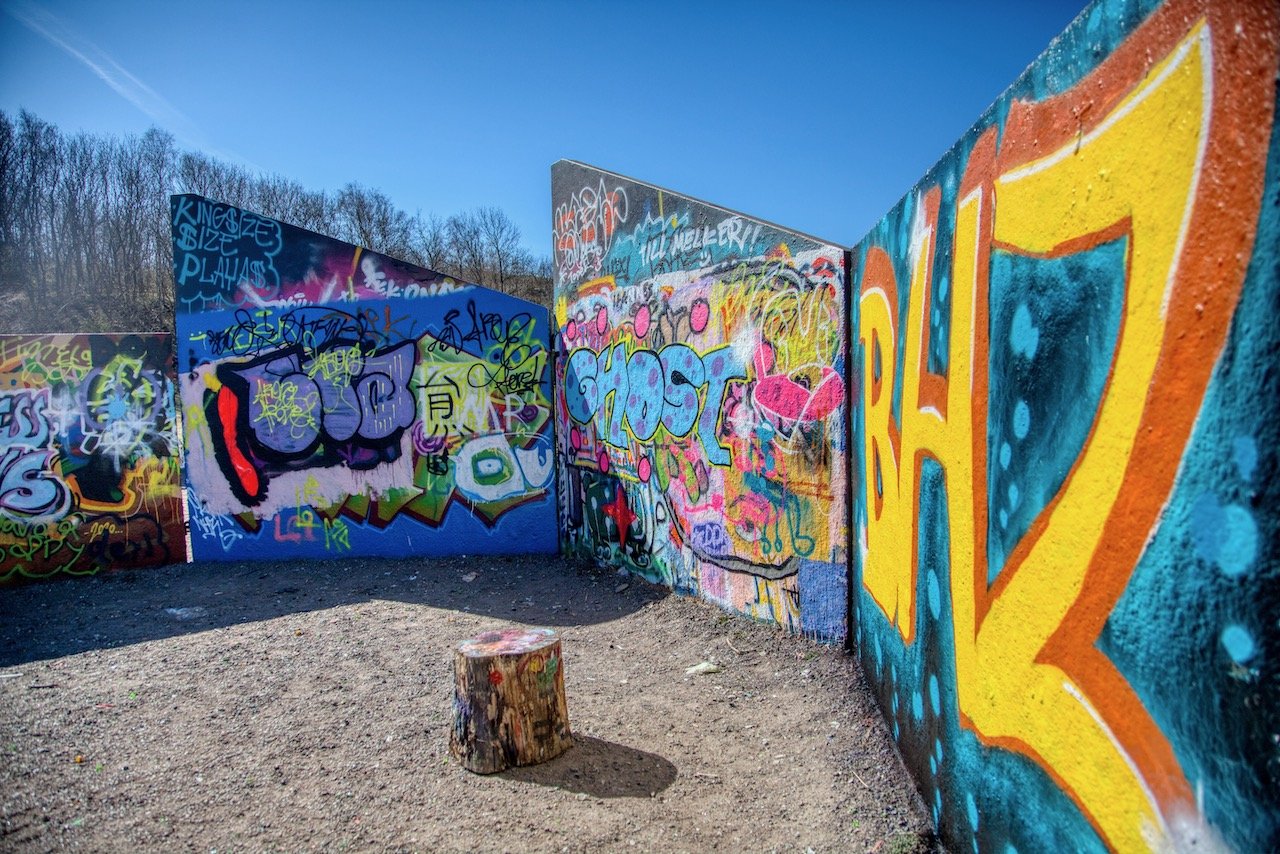
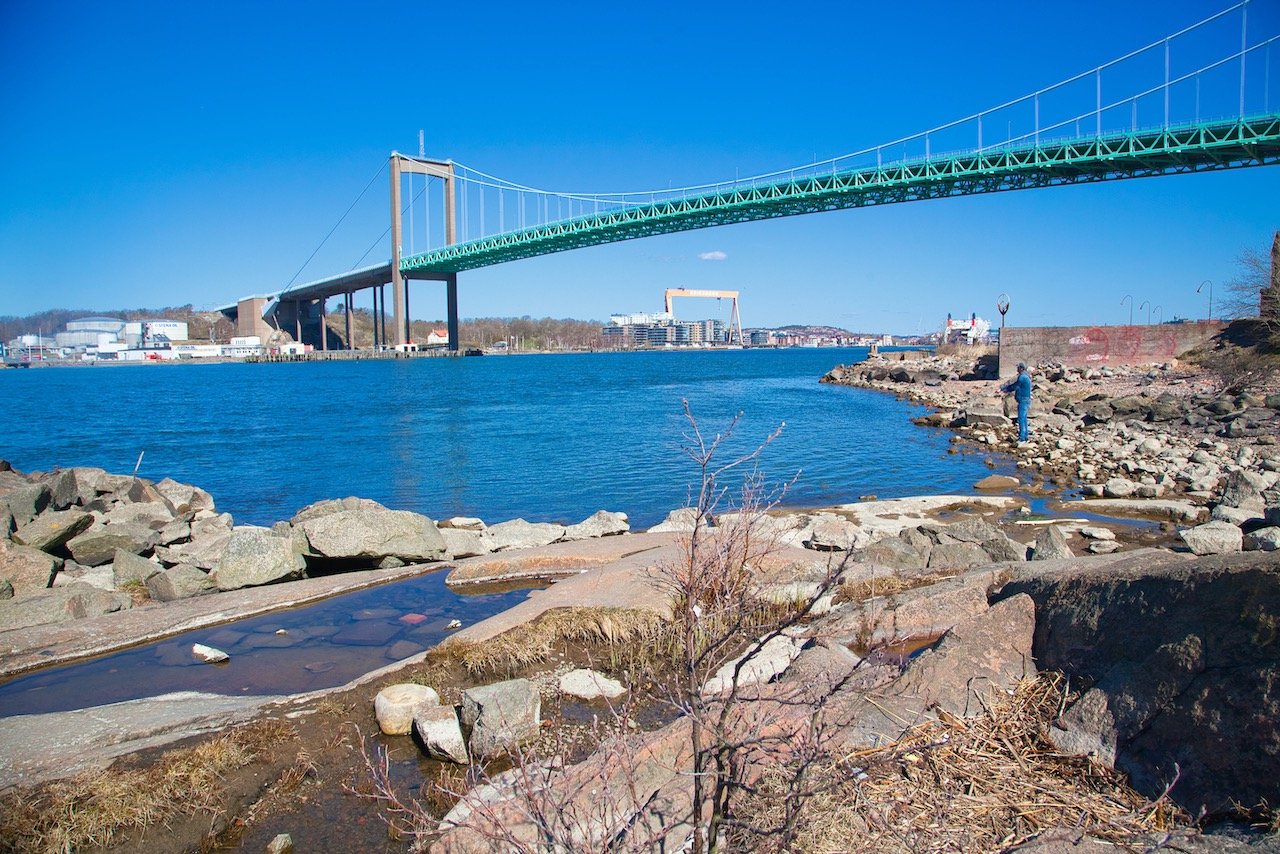
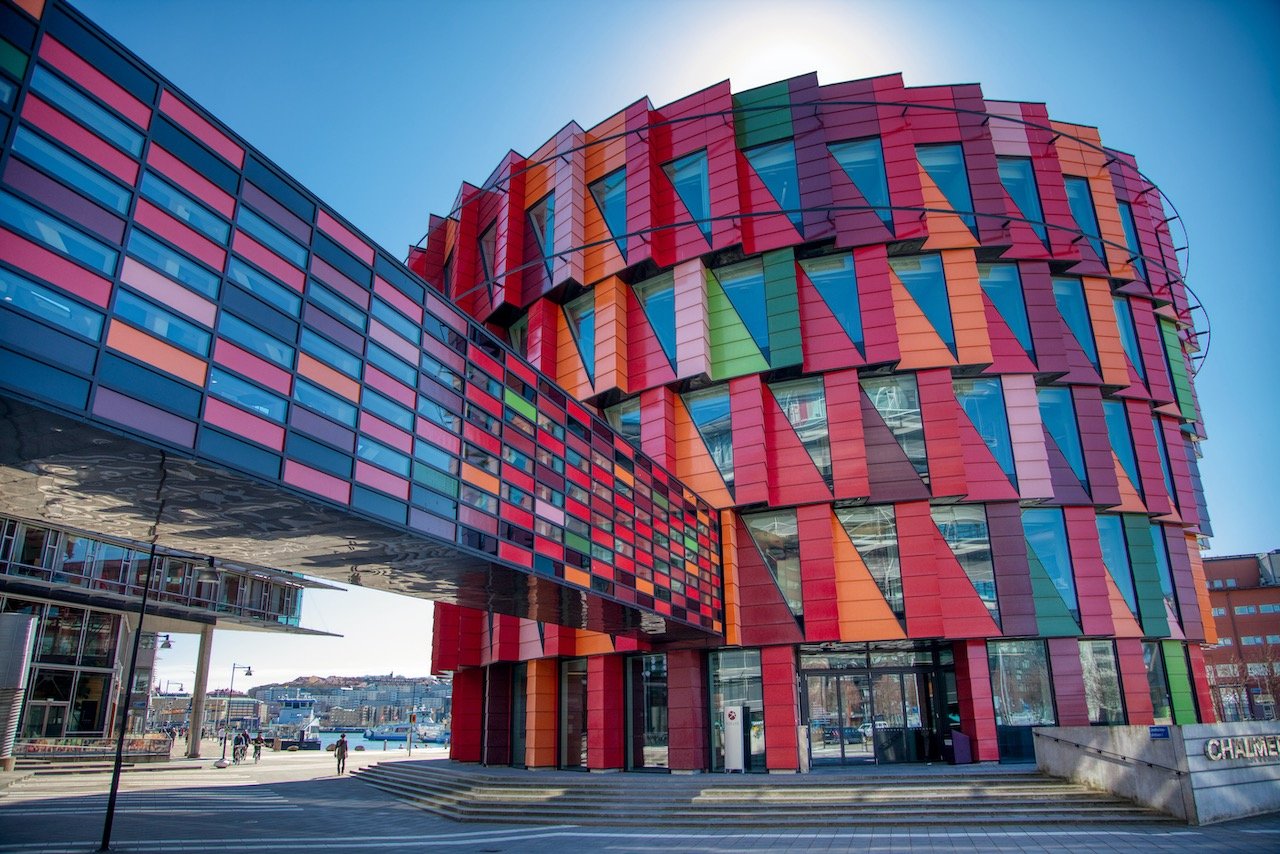
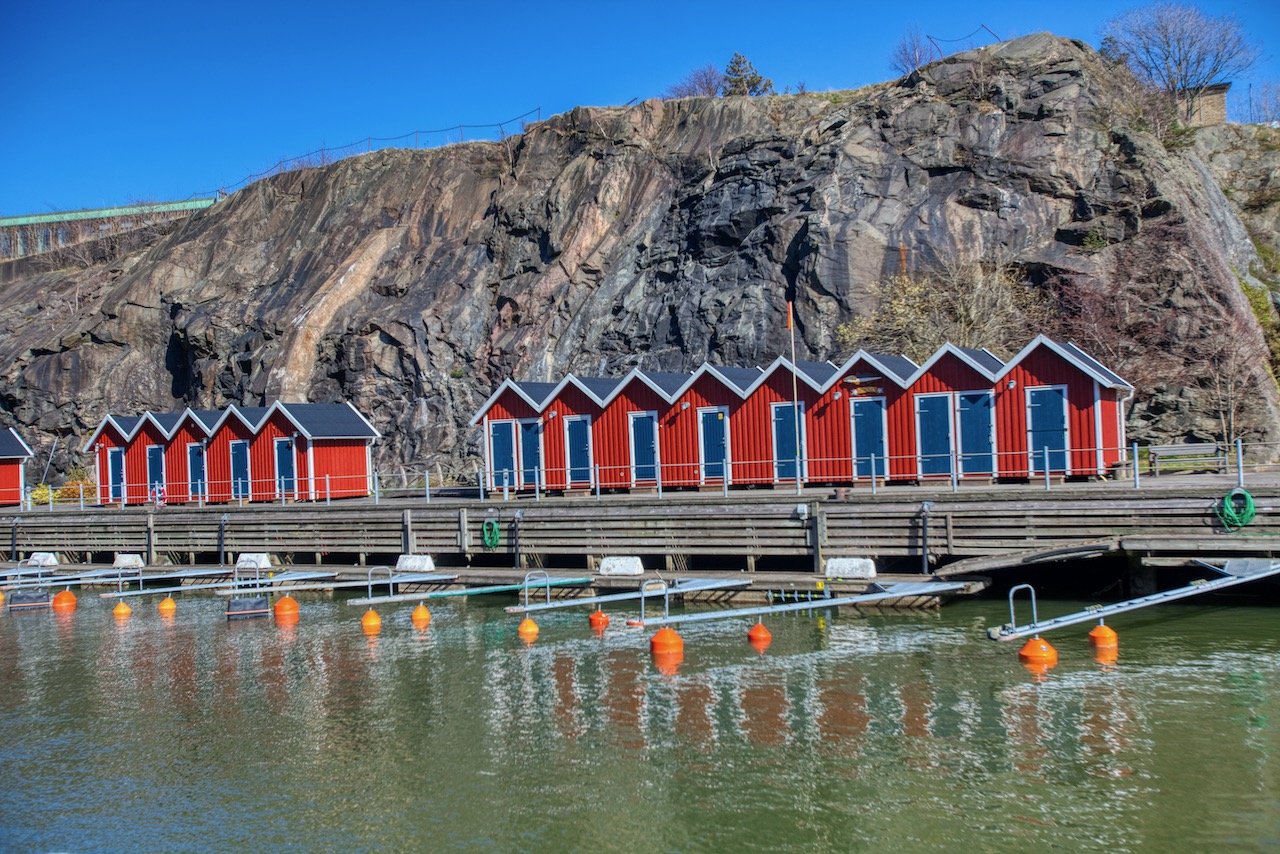
For even MORE outdoor activities, consider checking out:
Liseberg - an amusement park that is one of the most visited in all of Scandinavia. It’s a heavily forested area with a variety of rides, stages, restaurants, and concert halls. Only open in the warmer months of the year.
Palm House (Horticulture Gardens) - the home of the Garden Society of Gothenburg, the area is replete with exotic plants and walking paths that go along the Rosenlund Canal.
Röda Sten Konsthall - an area near the Älvsborg Bridge at the site of an old boiler plant, it is an outdoor art gallery and a popular spot for coffee and lunch.
Gunnebo House - originally built as a villa for a wealthy merchant, this cultural landmark is open year round and possesses on site gardens, a coffee house, and a restaurant.
There are two bridges that can take you to the north side of the Göta River, Älvsborg and Göta Älv bridges. Luckily, to get to this side, you can take the ferry at a number of stops along the river (free to take using your Gothenburg day pass). This part of the city gives a different perspective of Gothenburg, indeed the northern coast of the river is lined with open spaces, perfect for sunny day picnics and people watching.
Also, be sure to stop by and see the Kuggen, an exceptionally designed building that is used by Chalmers University of Technology.
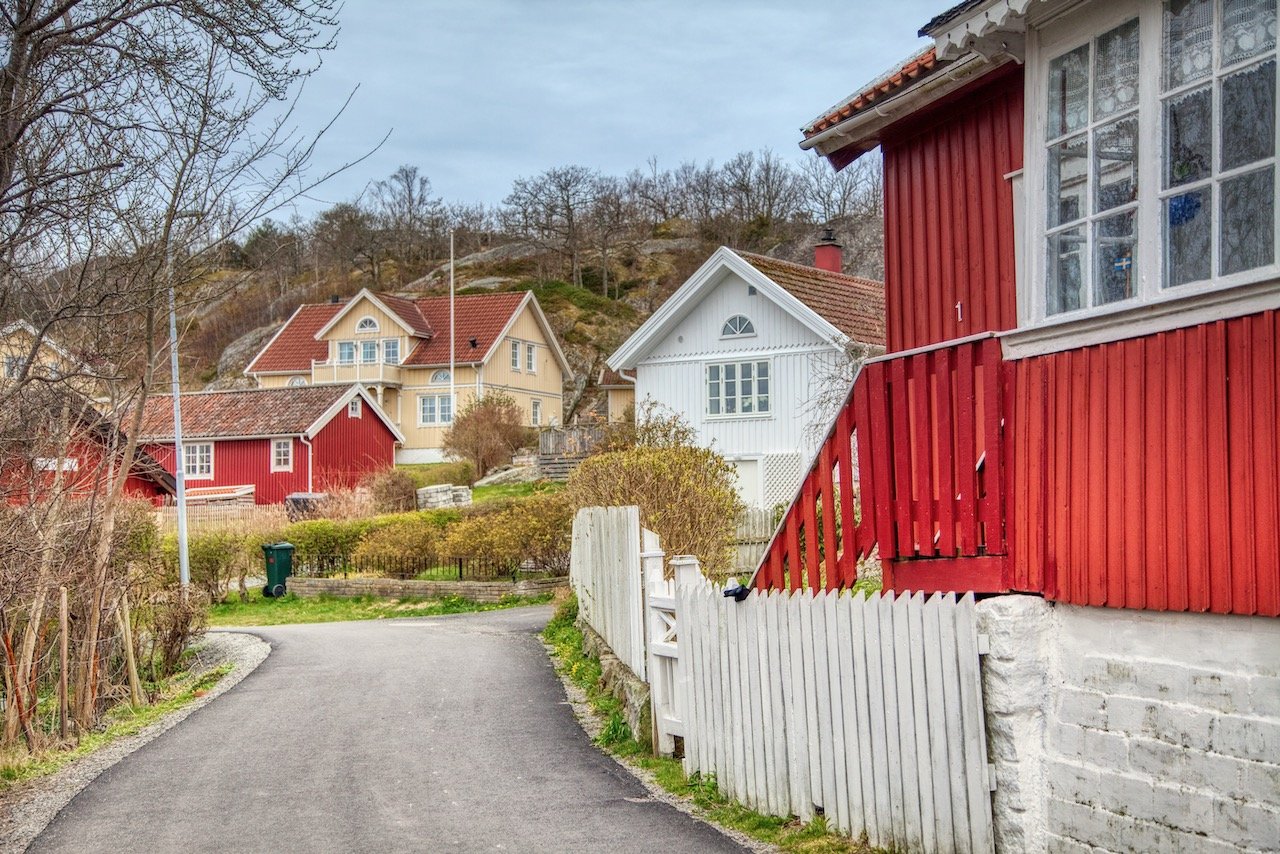

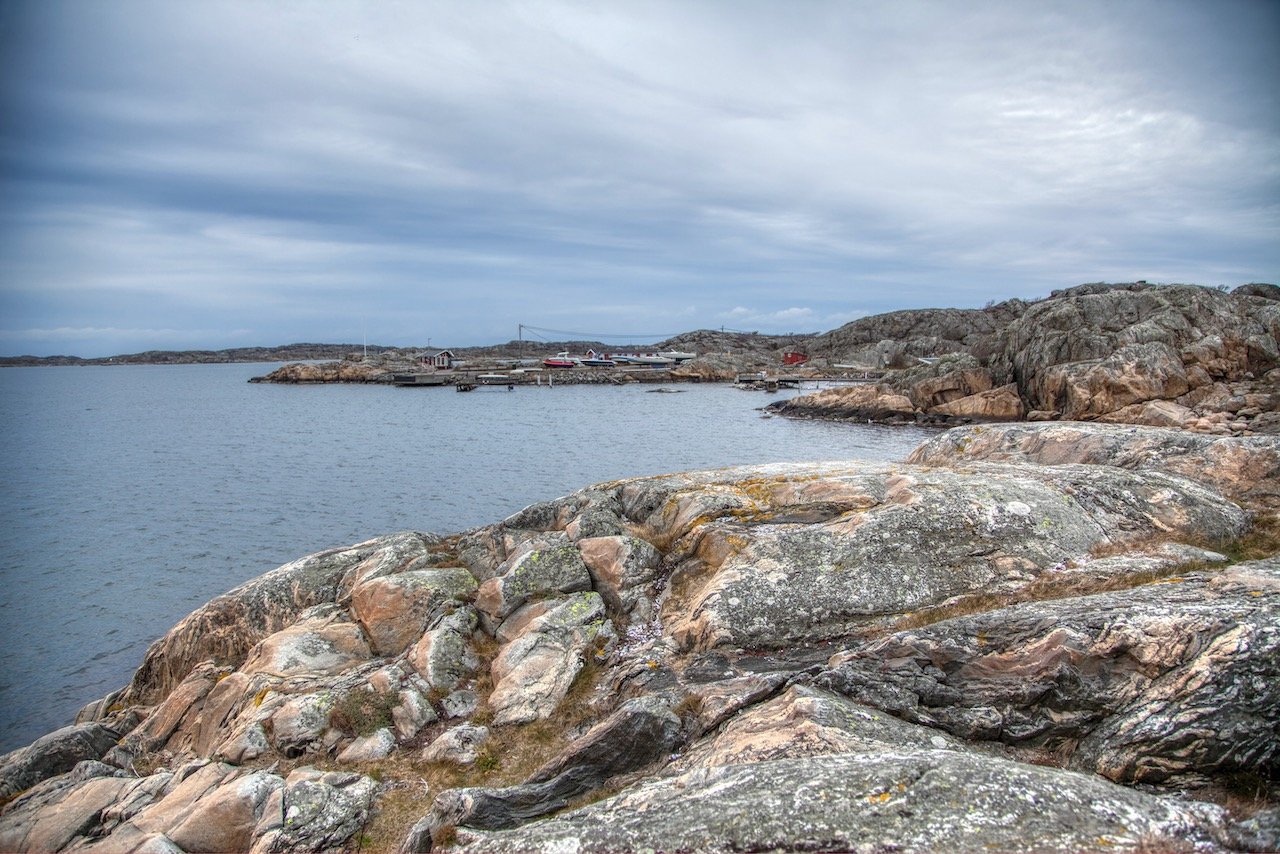
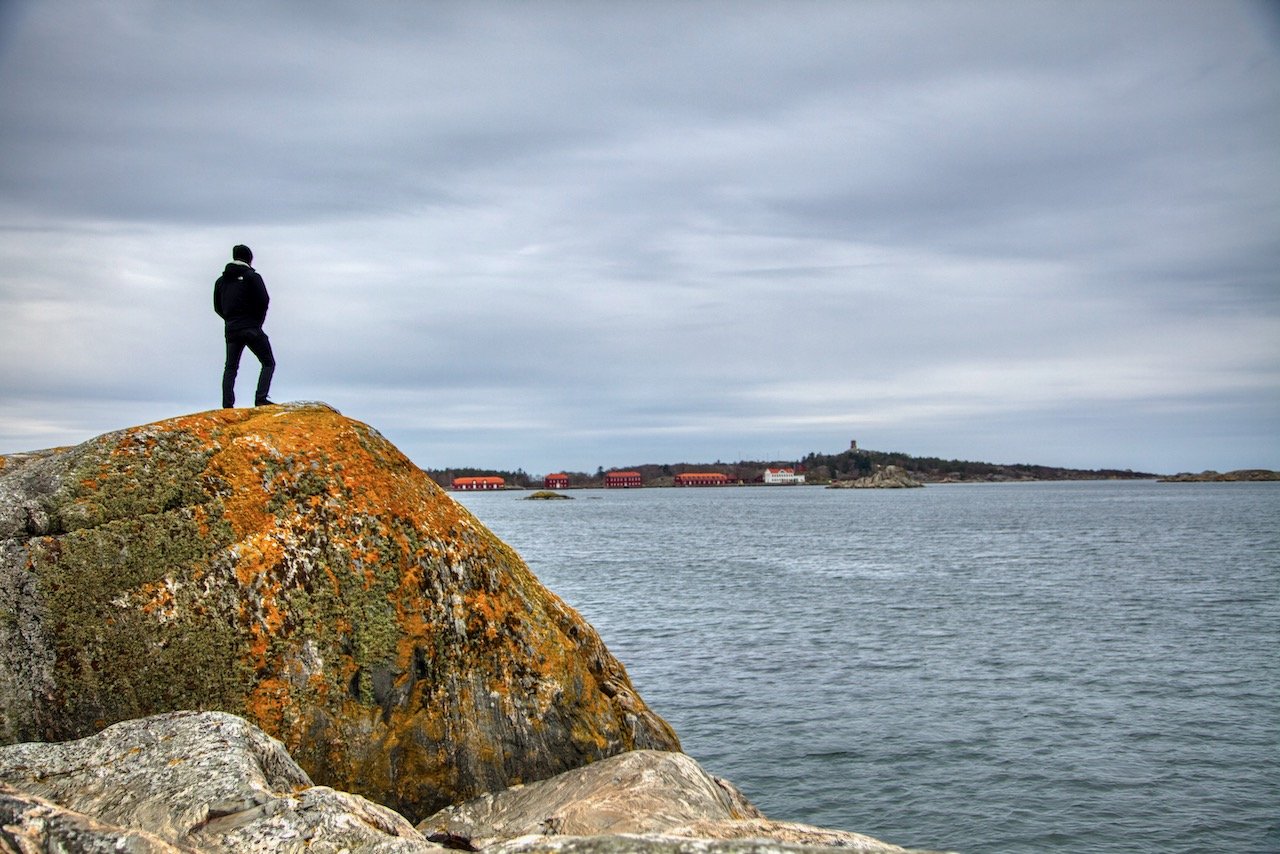
After a long day of eating/sightseeing/shopping/etc., you’ll want to take in the Gothenburg sunset and reflect on your day. You can do this at a few places:
Lejontrappen - translates to “the lion’s steps”. This is located in a popular shopping area in the city and provides a great view of the sun during golden hour, turning the buildings yellow/orange while facing west. Take in the scene as the trams make their way along the canal.
Lilla Brommen - Gothenburg harbor with ships of all sizes, located near the Gothenburg Opera House. This place is excellent for long exposure and night photography.
Stenpiren - a popular pier in the city with an excellent view of the city’s cranes, silhouetted perfectly against the sky during golden hour and sunset. In my opinion, one of the best places in the city to watch the sun go down and relax.
You can’t spend a few days in Gothenburg without hearing about the archipelago just off the coast. This is a collection of small islands where cars are not allowed, making the whole area perfect for solitude and peace and quiet. Getting to this area could not be easier. Here are some words of wisdom if you would like to explore this part of the city (use this guide to see what to do there)
There are two parts, the north and south archipelagos.
North - Vinga, Fotö, Hönö, Grötö, Kalvsund, Öckerö, Björkö, Hälsö, Källö-Knippla, Hyppeln, Rörö.
South - Asperö, Brännö, Köpstadsö, Vargö, Stora Förö, Knarrholmen, Styrsö, Donsö, Kårholmen, Sjumansholmen.
Getting to the Northern archipelago requires taking a ferry from Lilla Varholmen to Hönö or Björkö (more info here).
Getting to the Southern archipelago requires taking a ferry from Stenpiren or Saltholmen, with the latter leaving more regularly. From the city center, take tram 11 to Saltholmen and take ferries 281, 282, or 238 depending on what islands you want to see.
Some of the islands in each archipelago are connected by bridges, and some can only be accessed by boat.
A common thing to do here is hire a bike to explore the islands that way. The larger islands will have bike shops. PROTIP: Rent a bike in advance as this is a popular activity in the height of summer.

